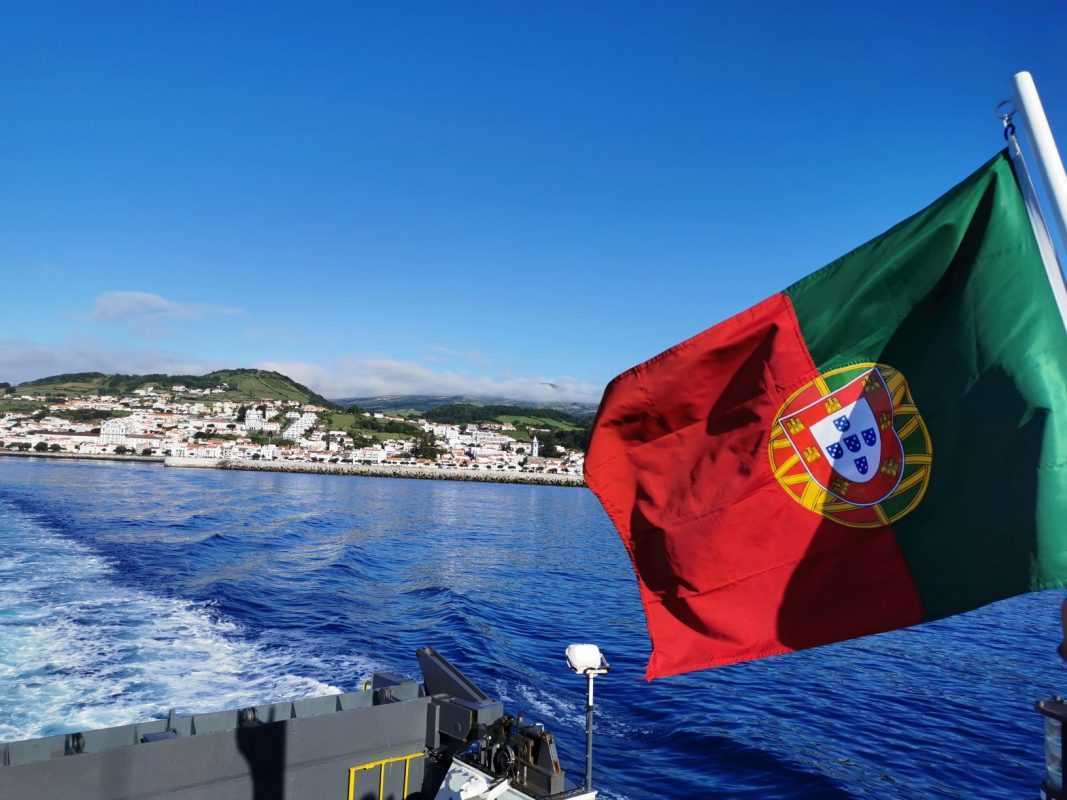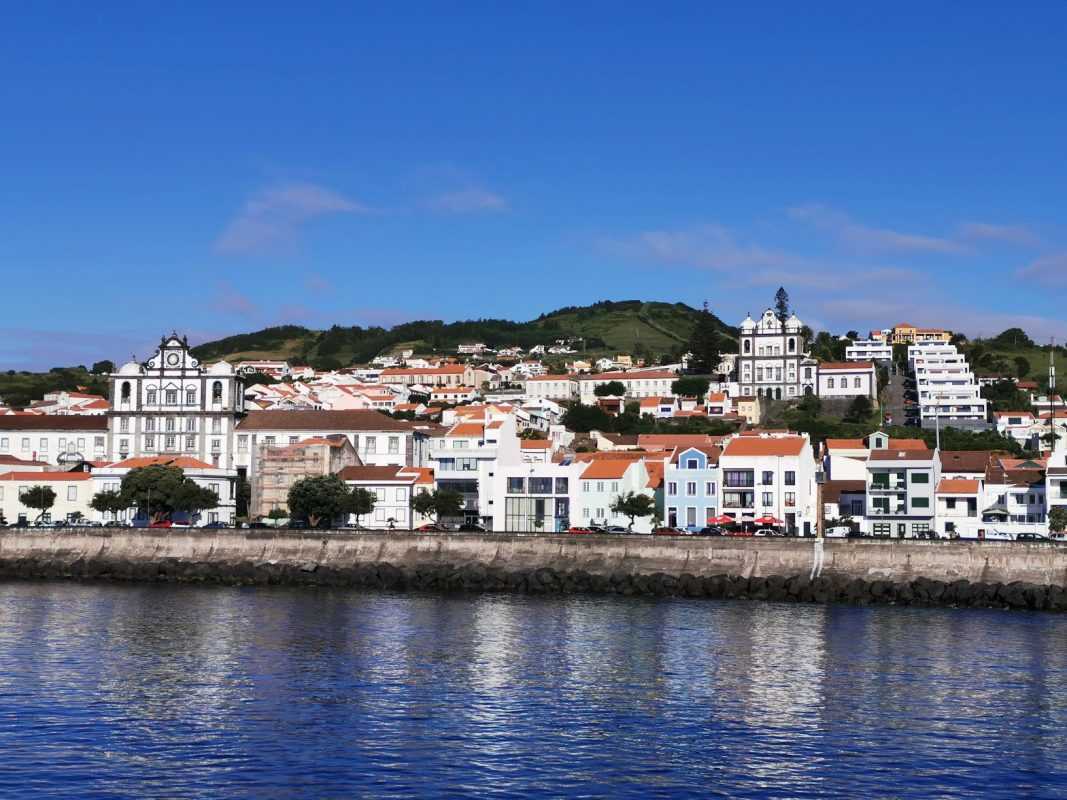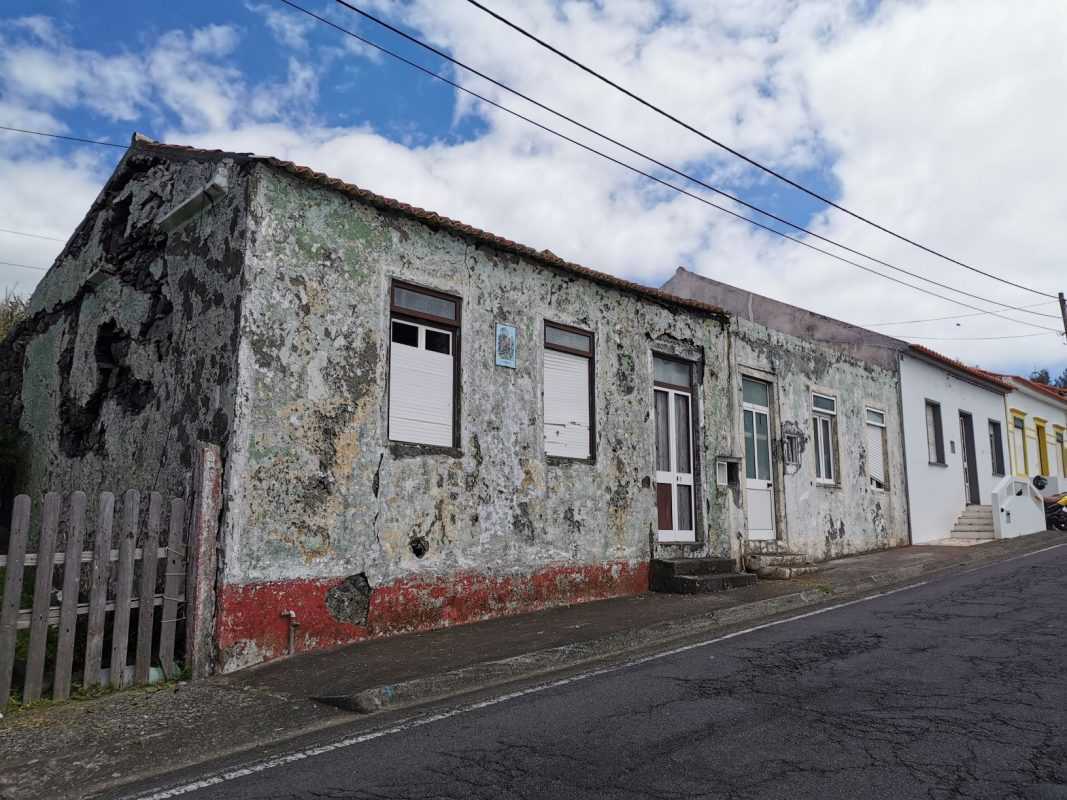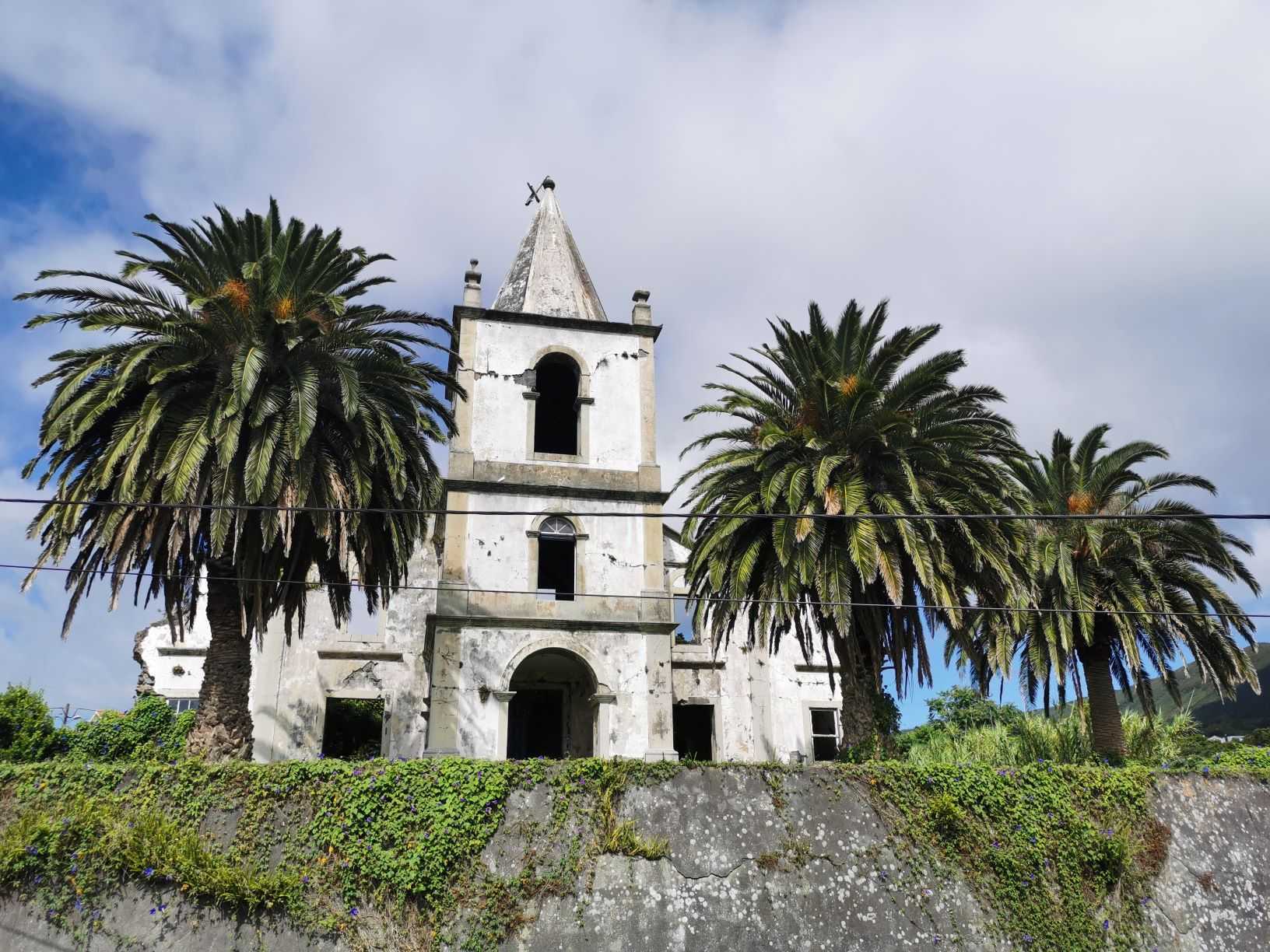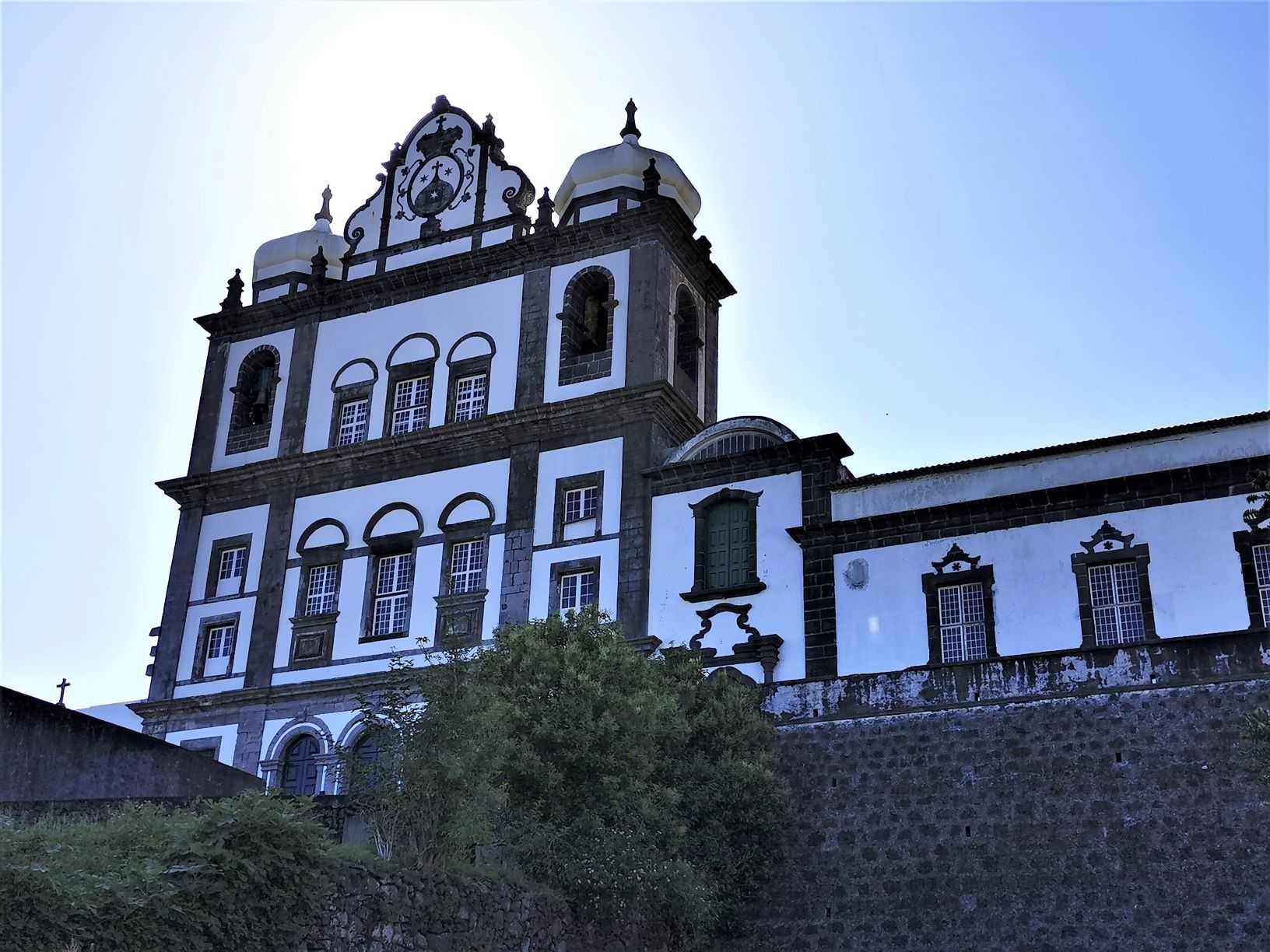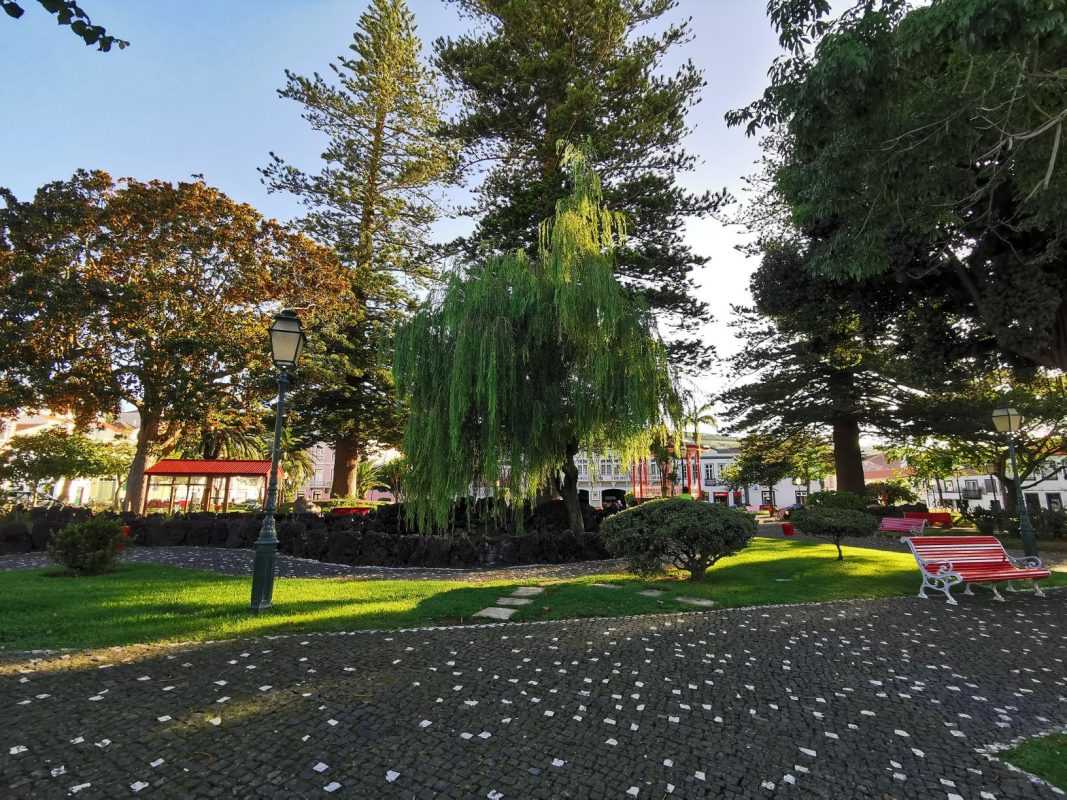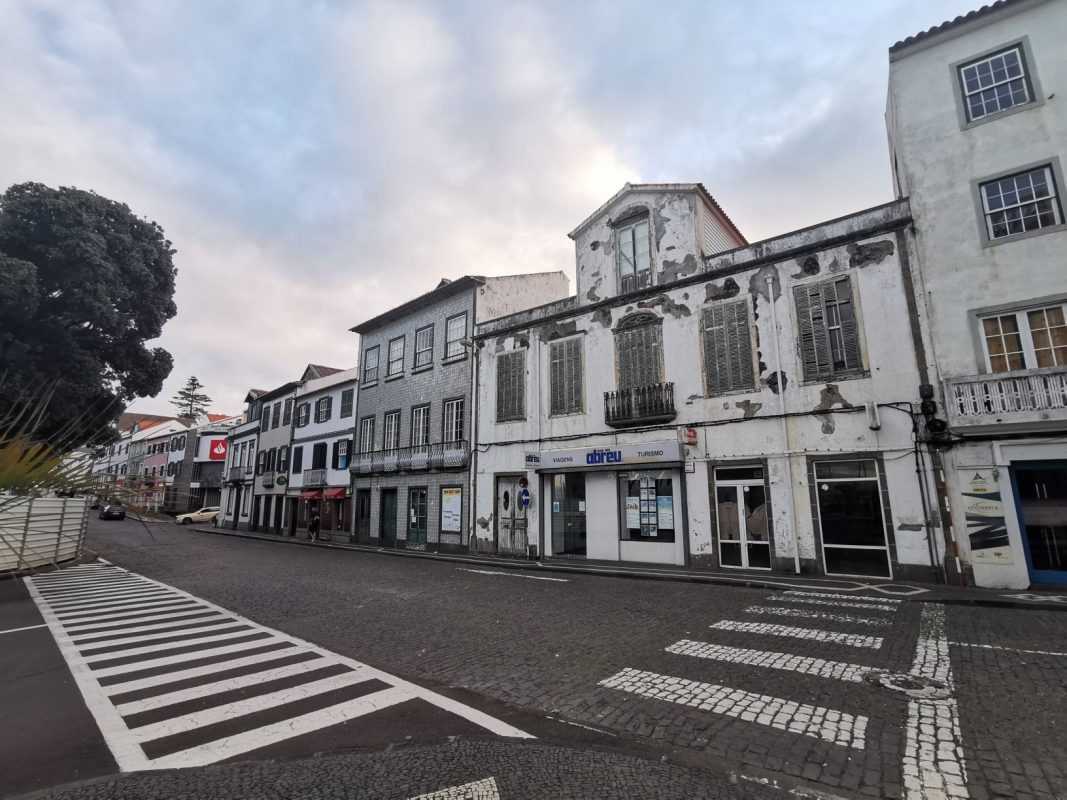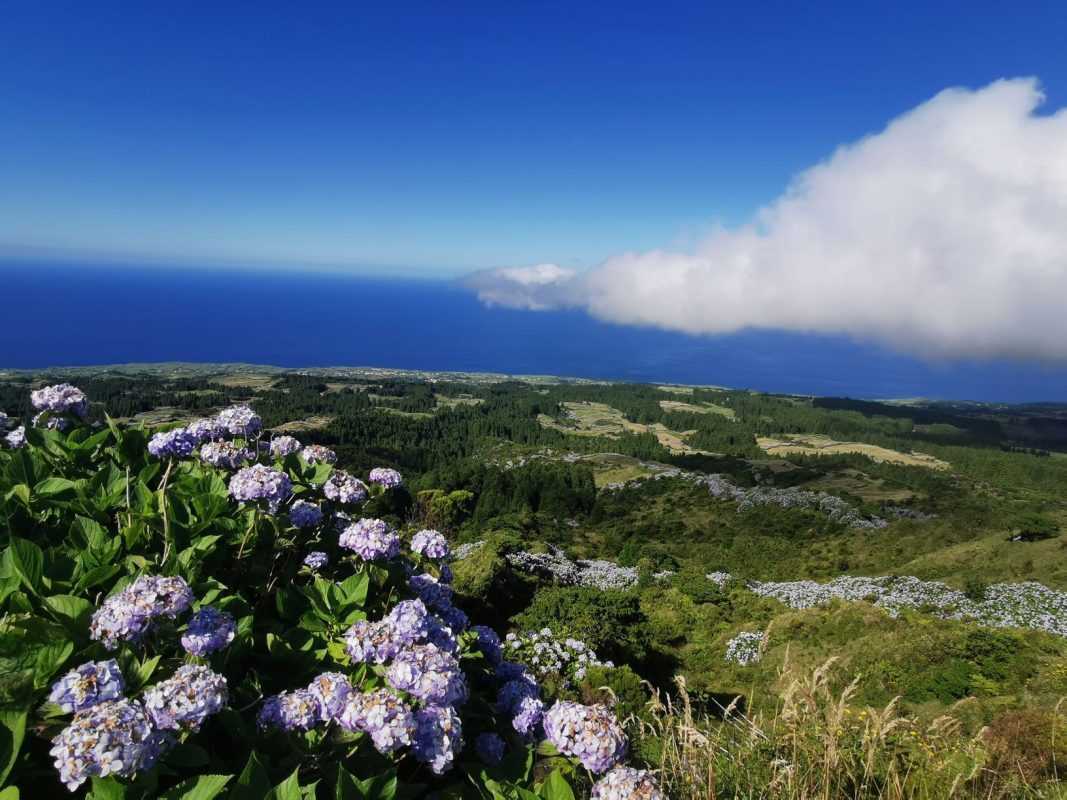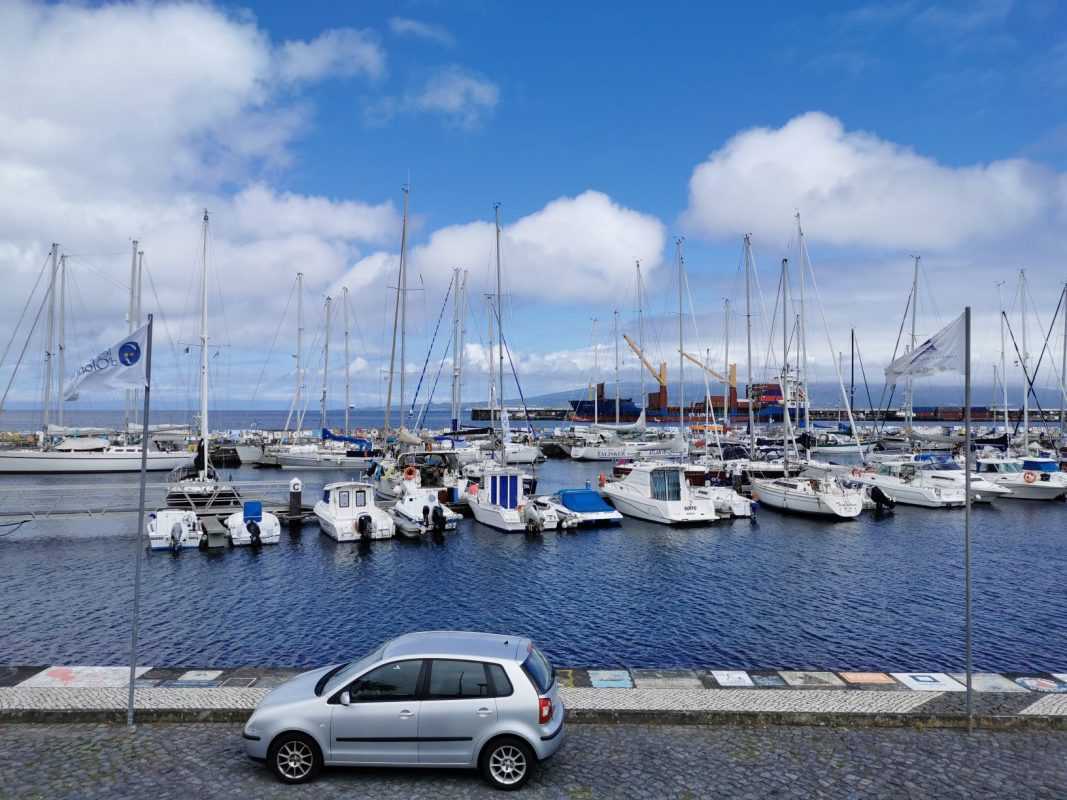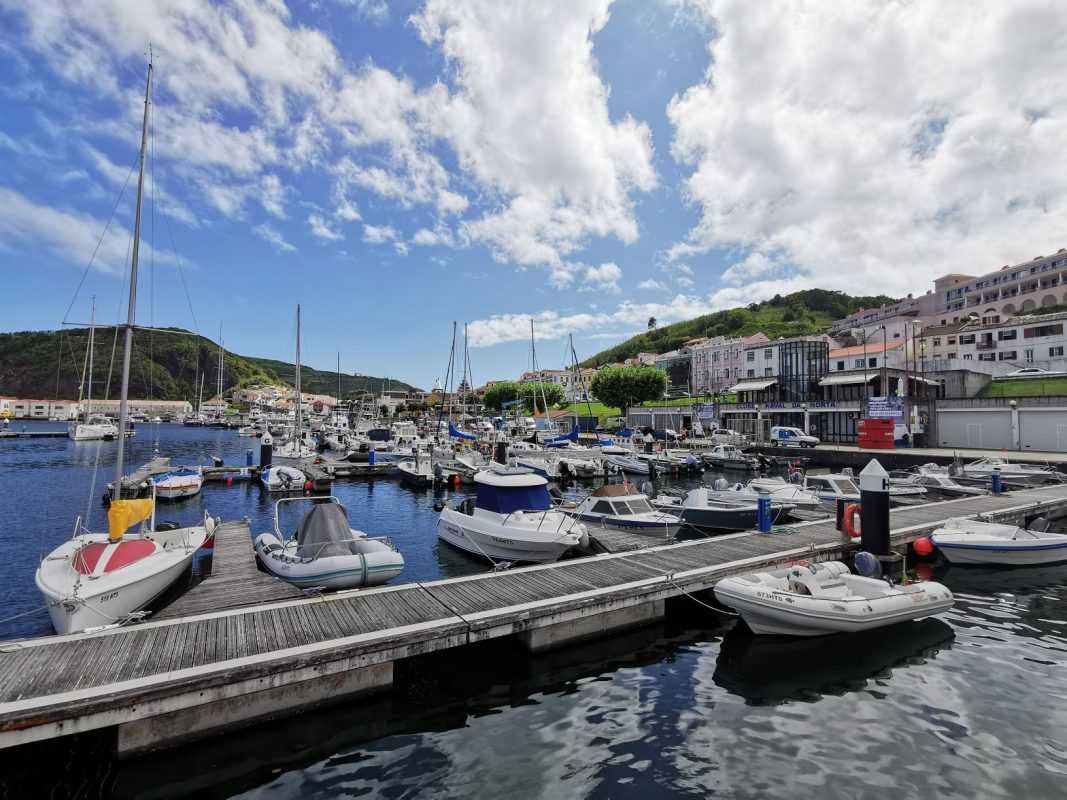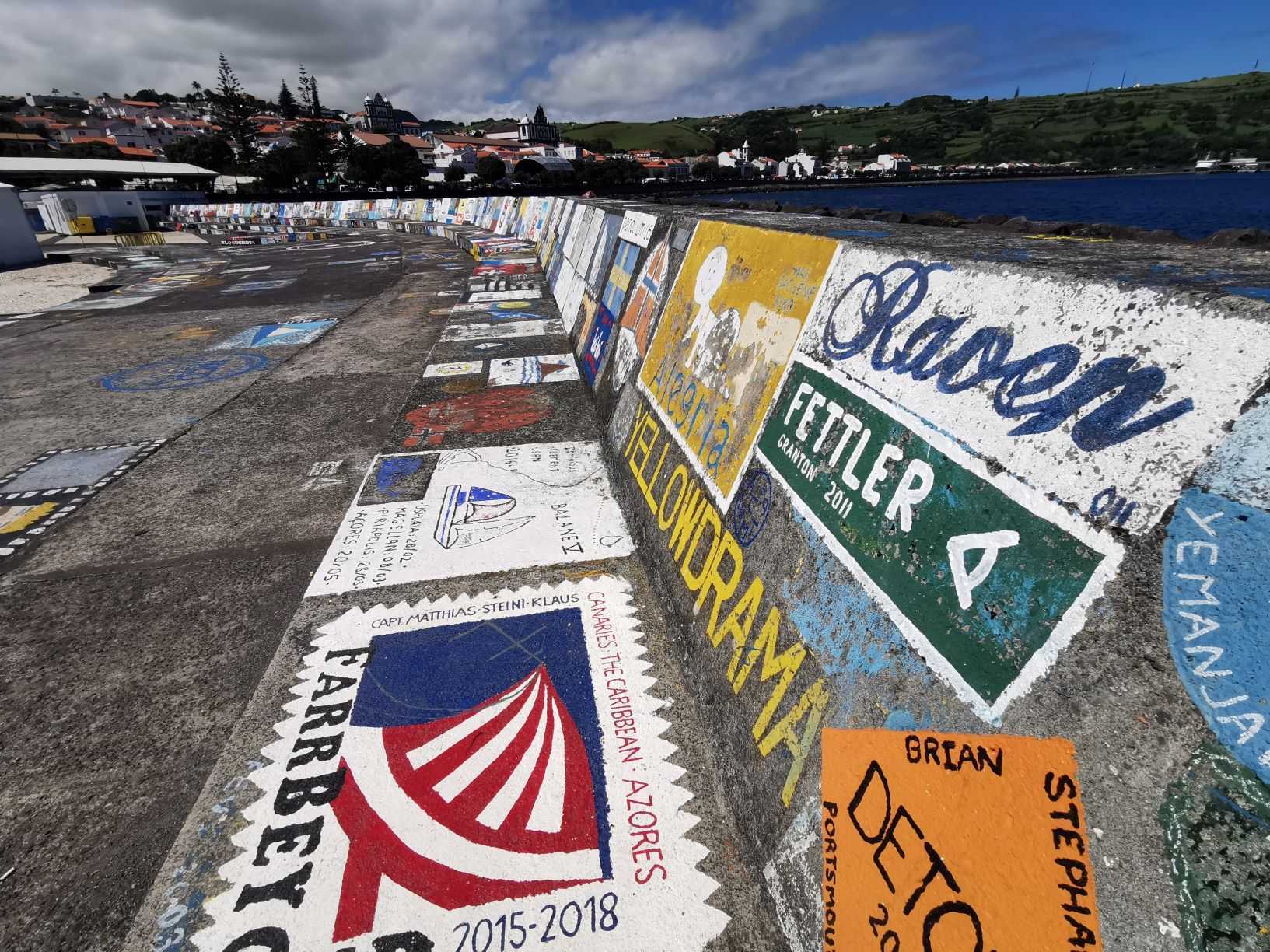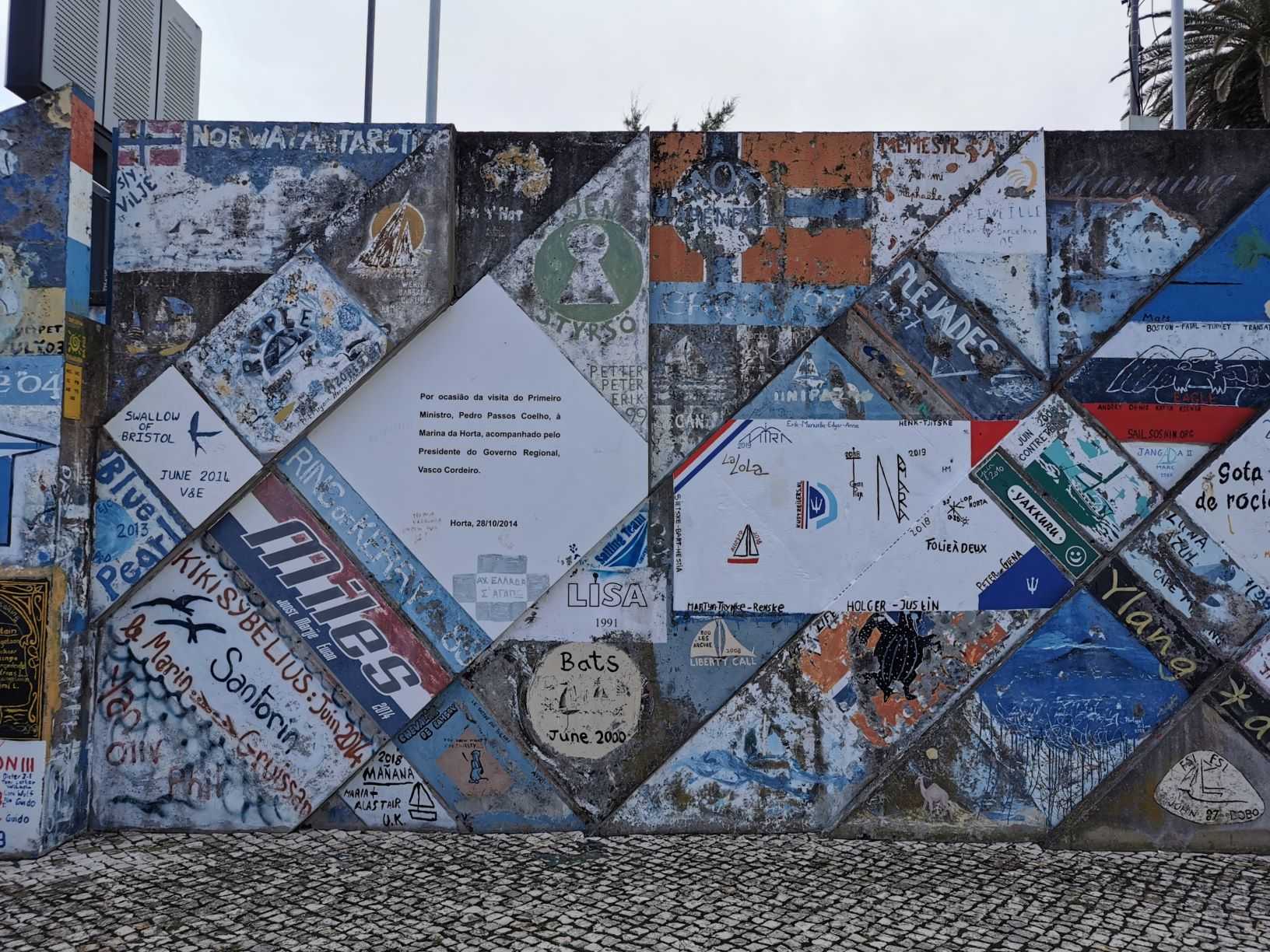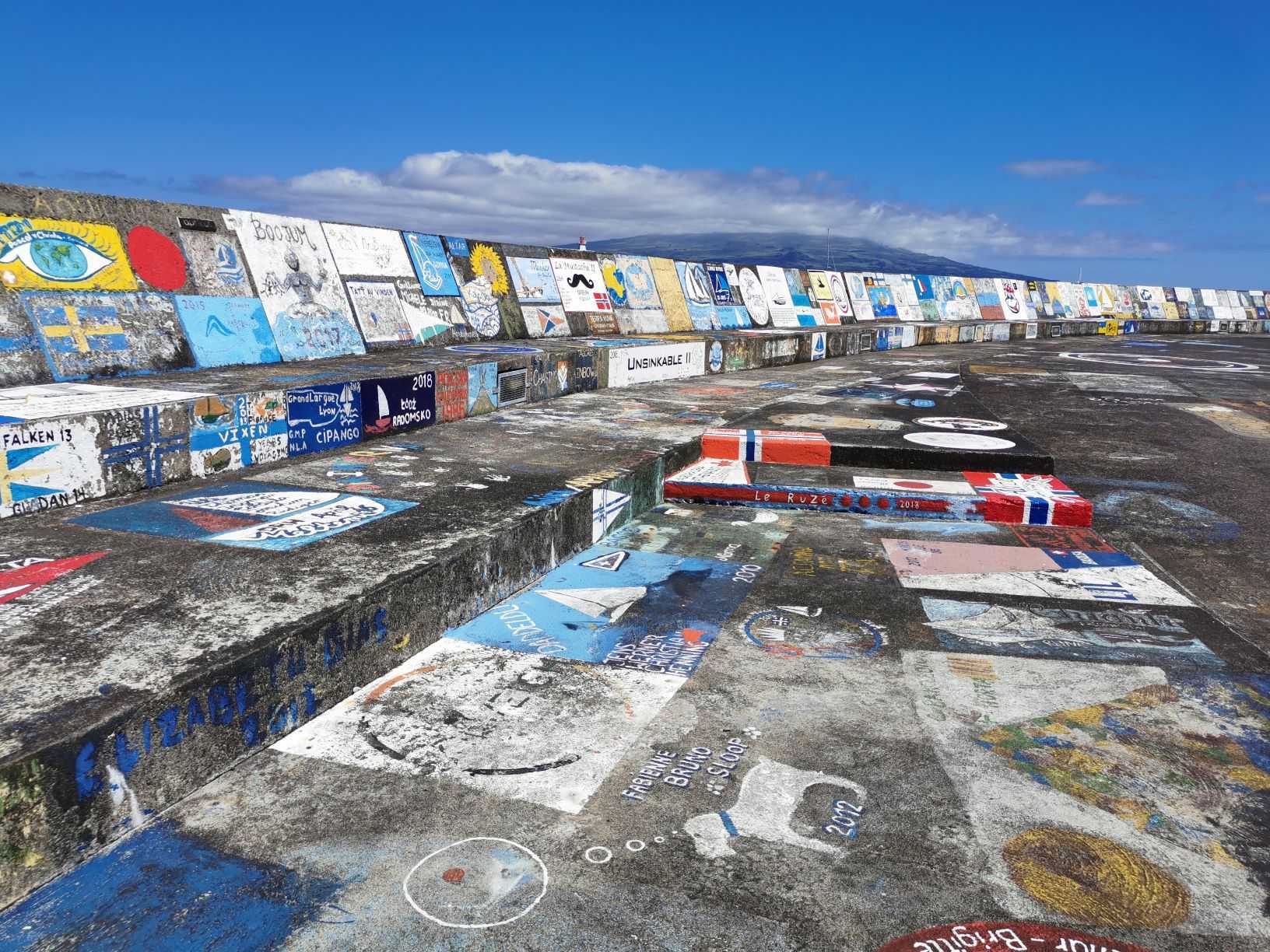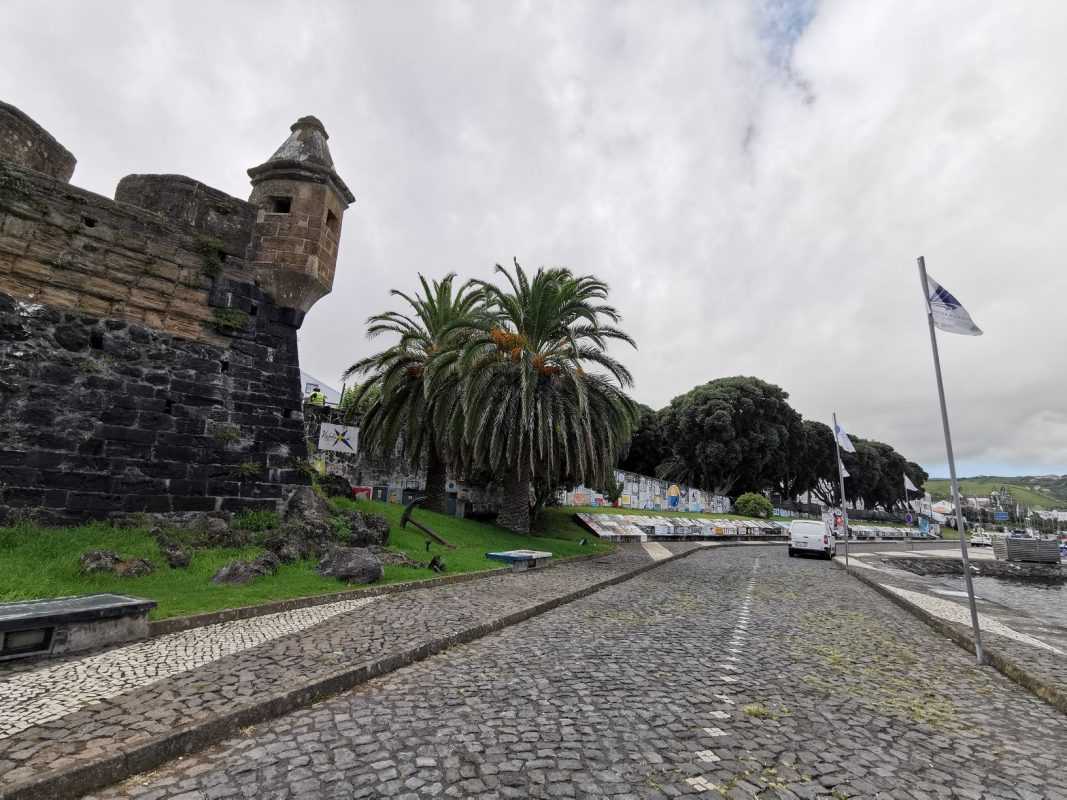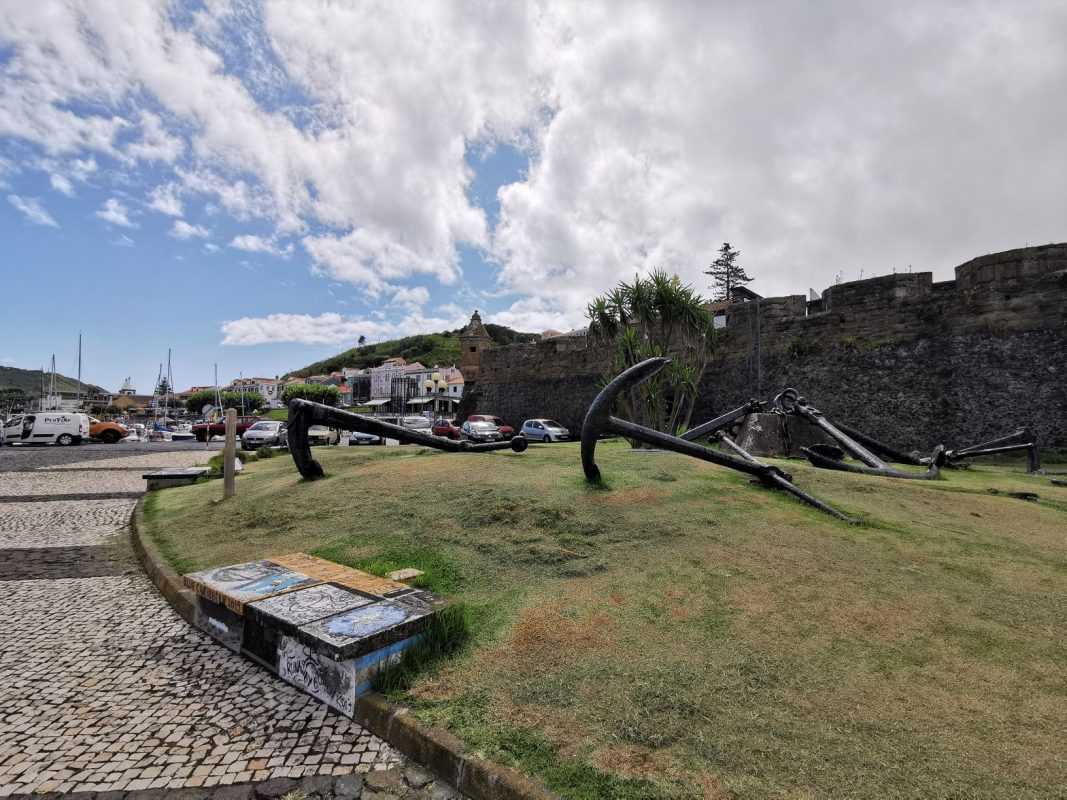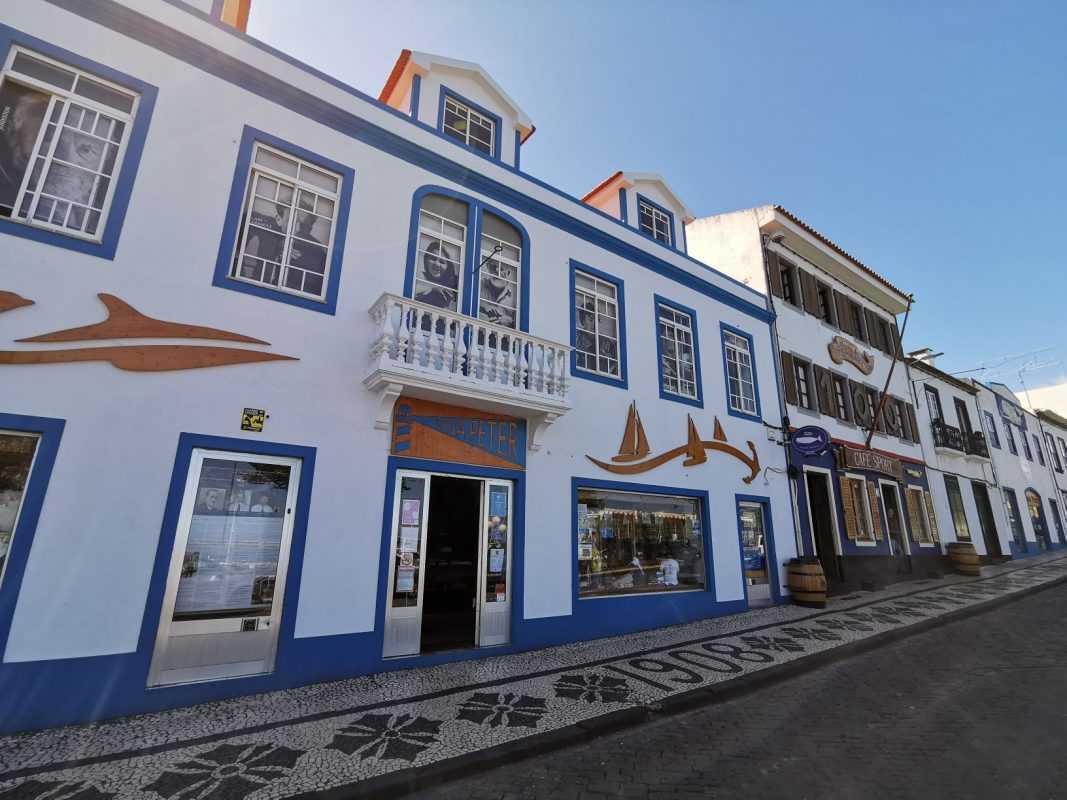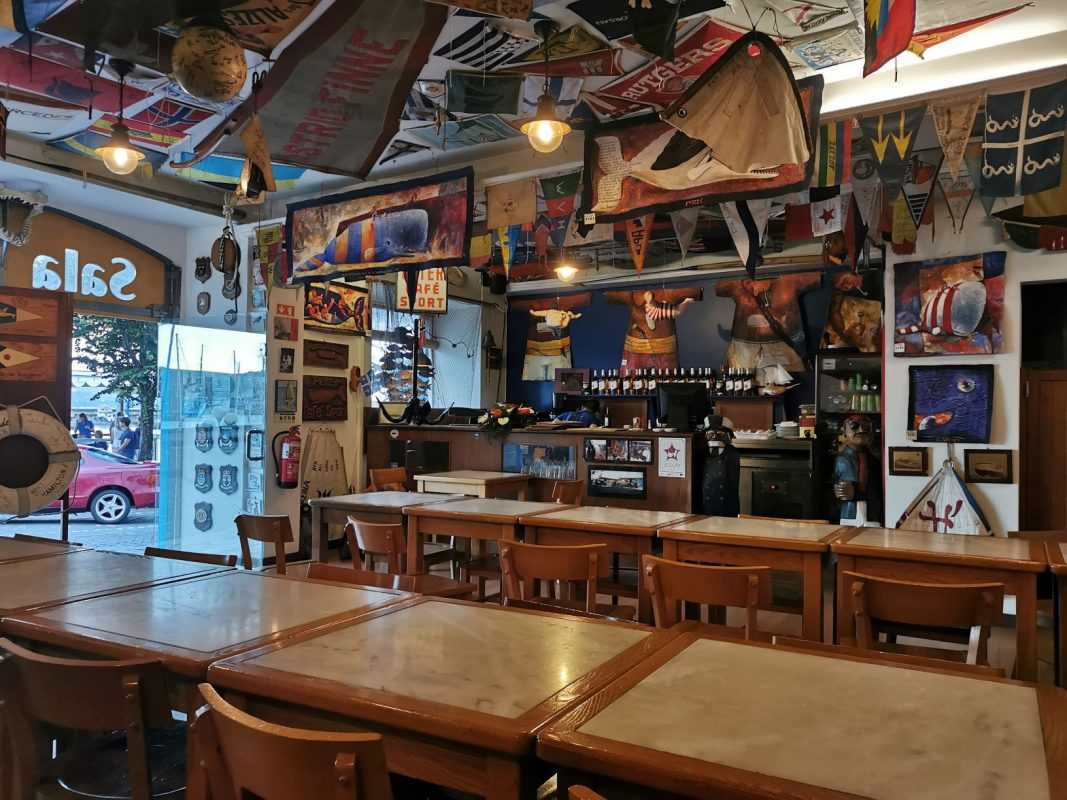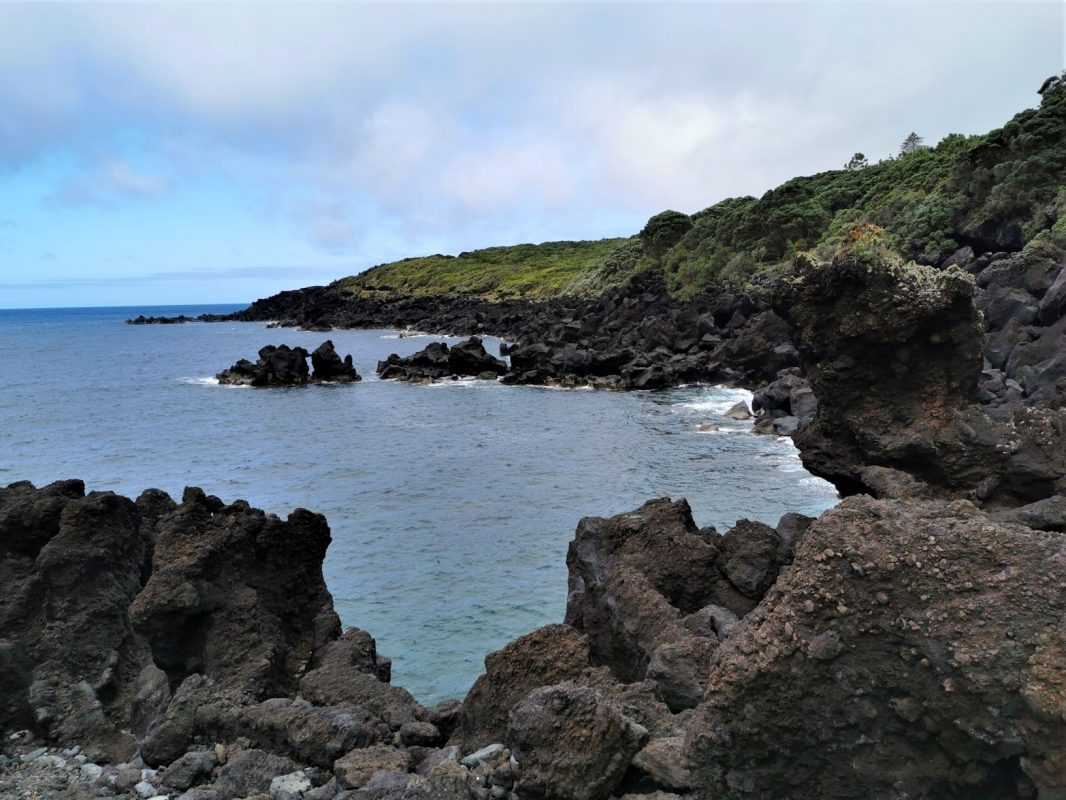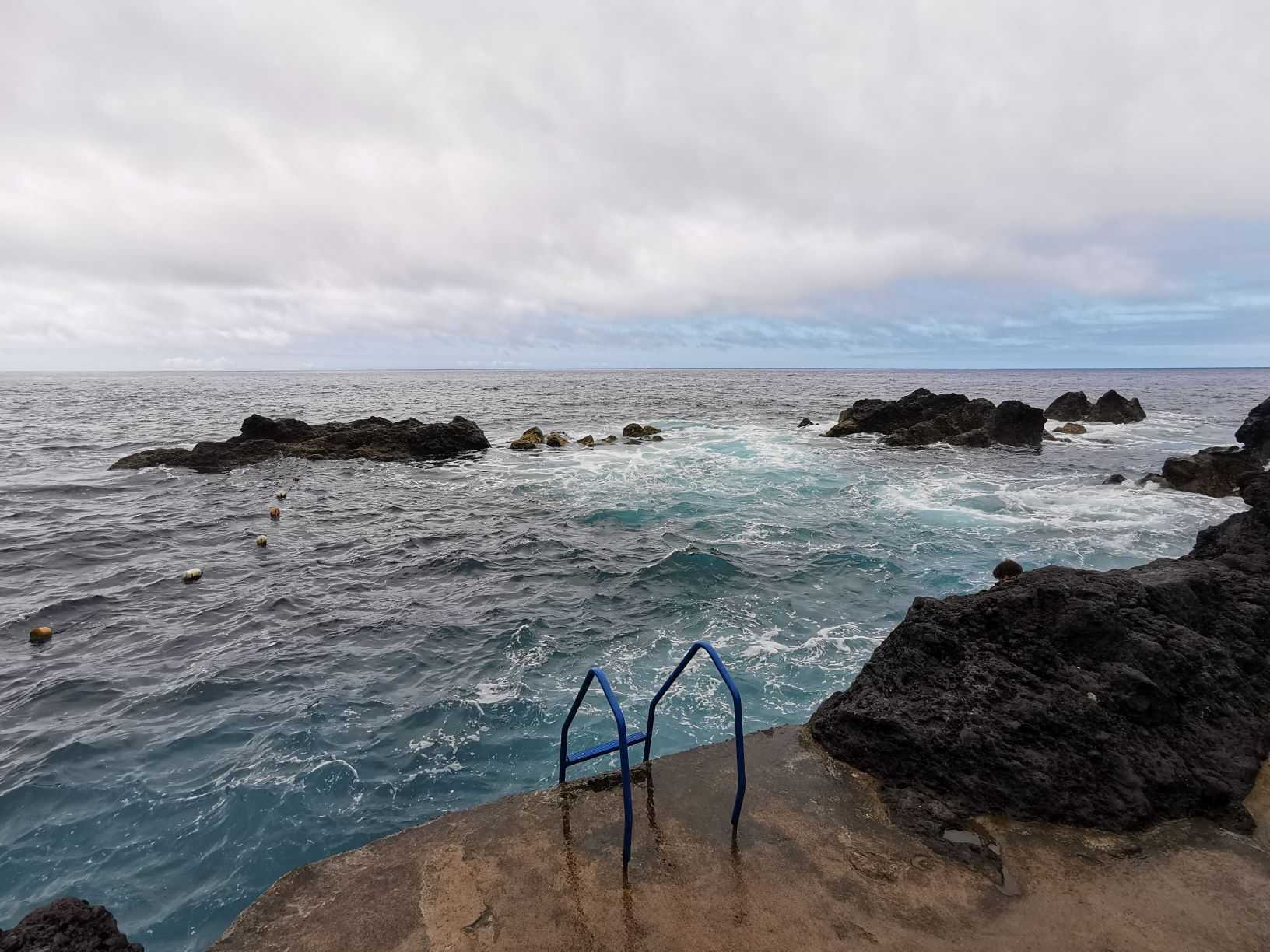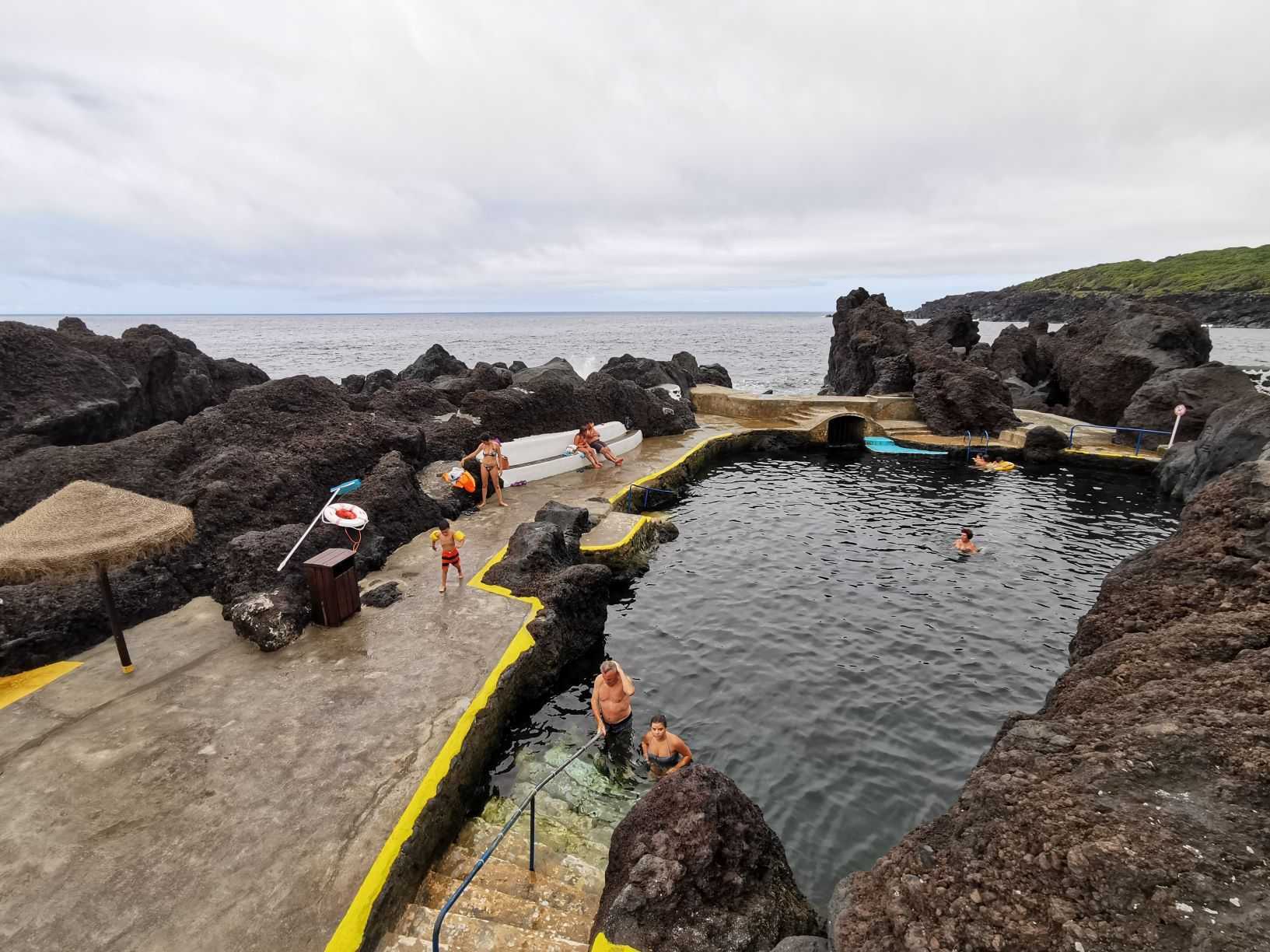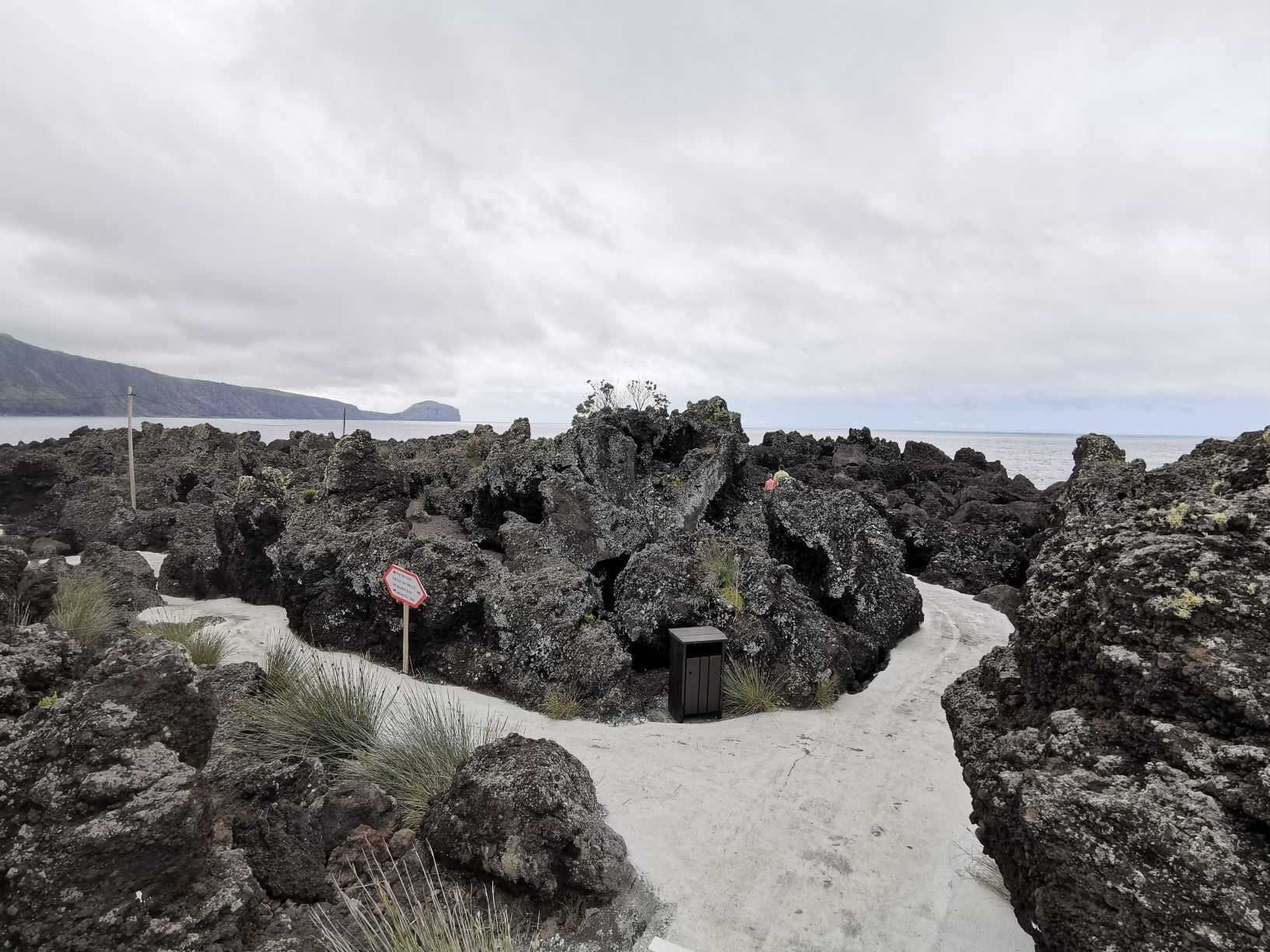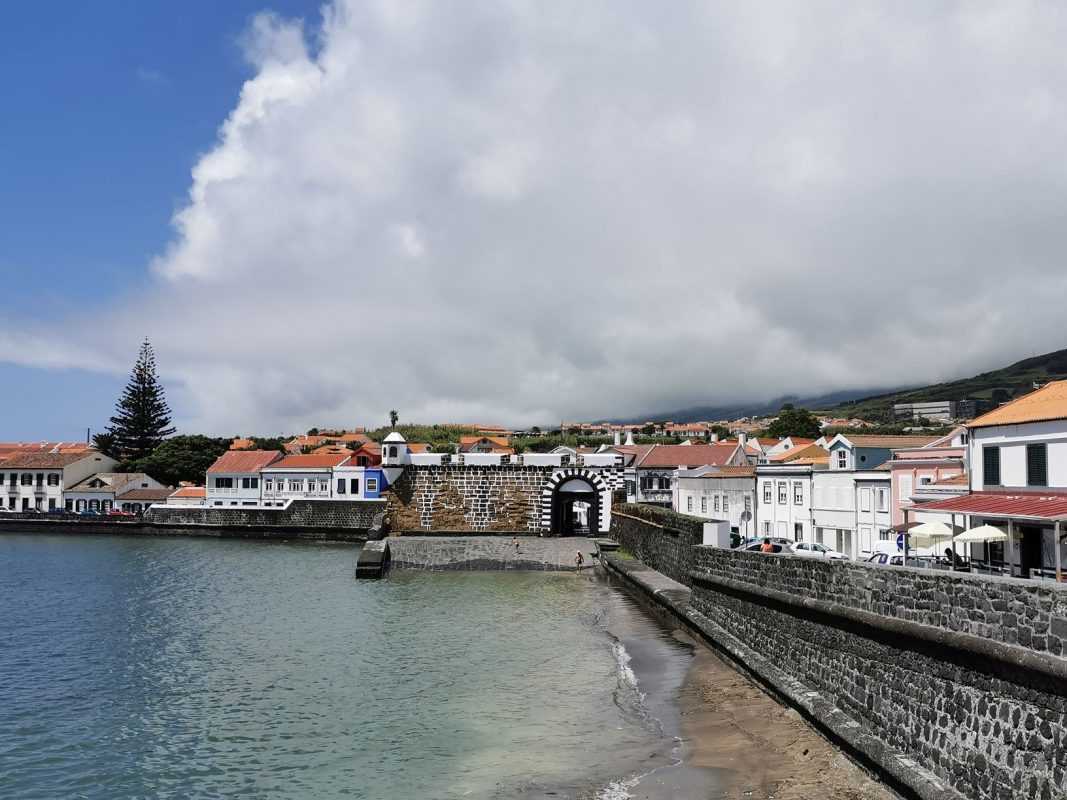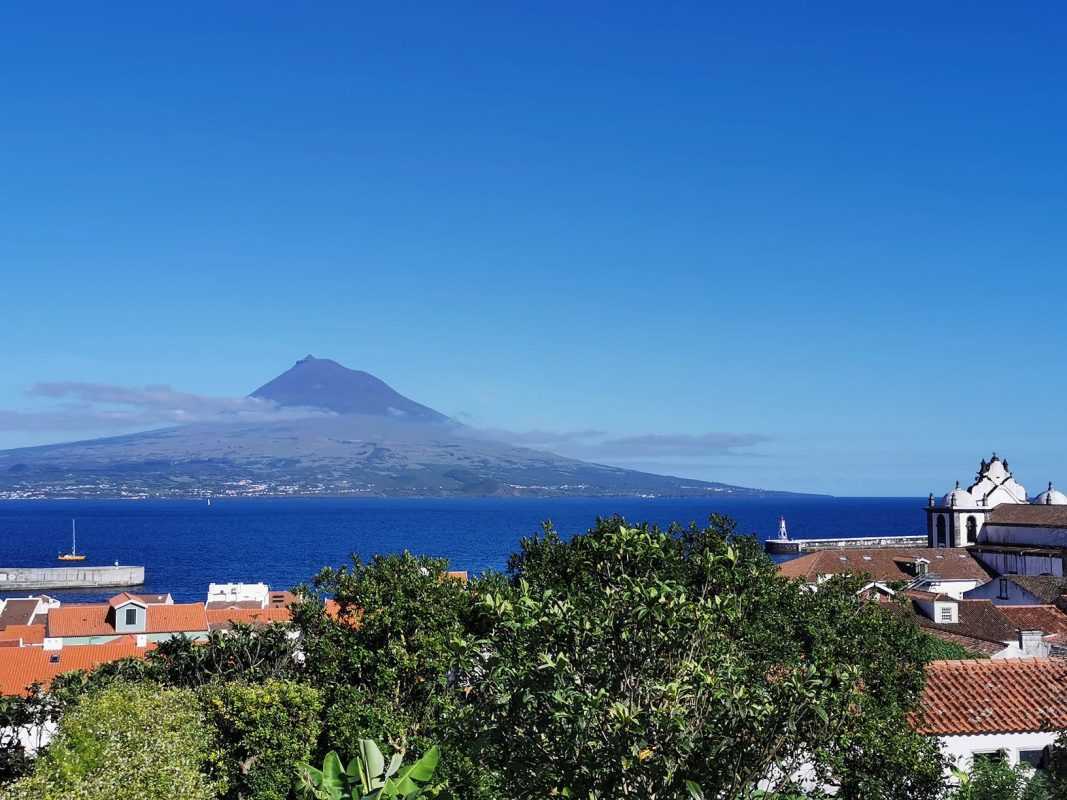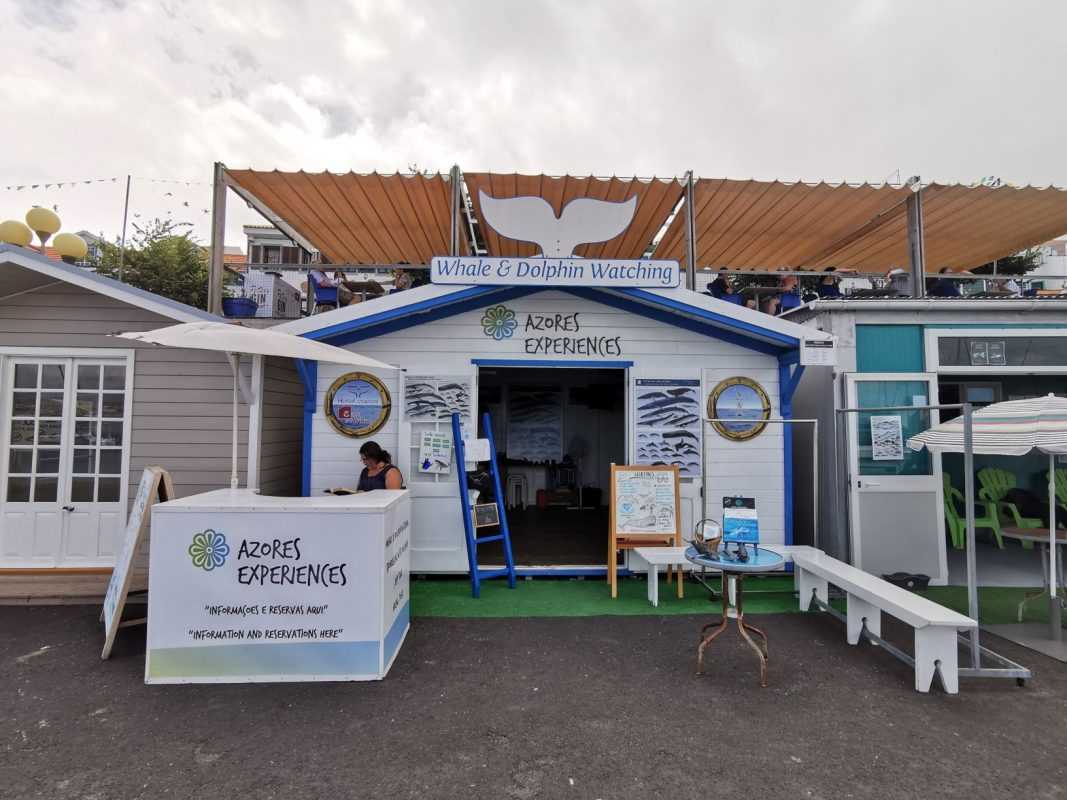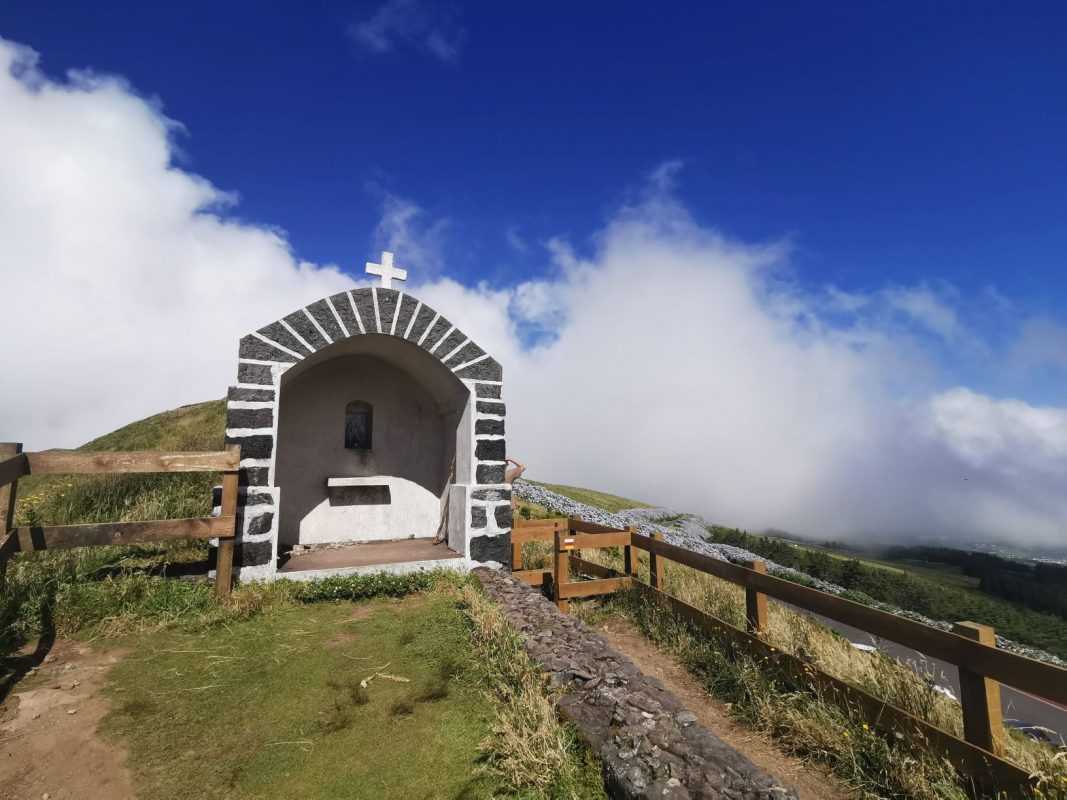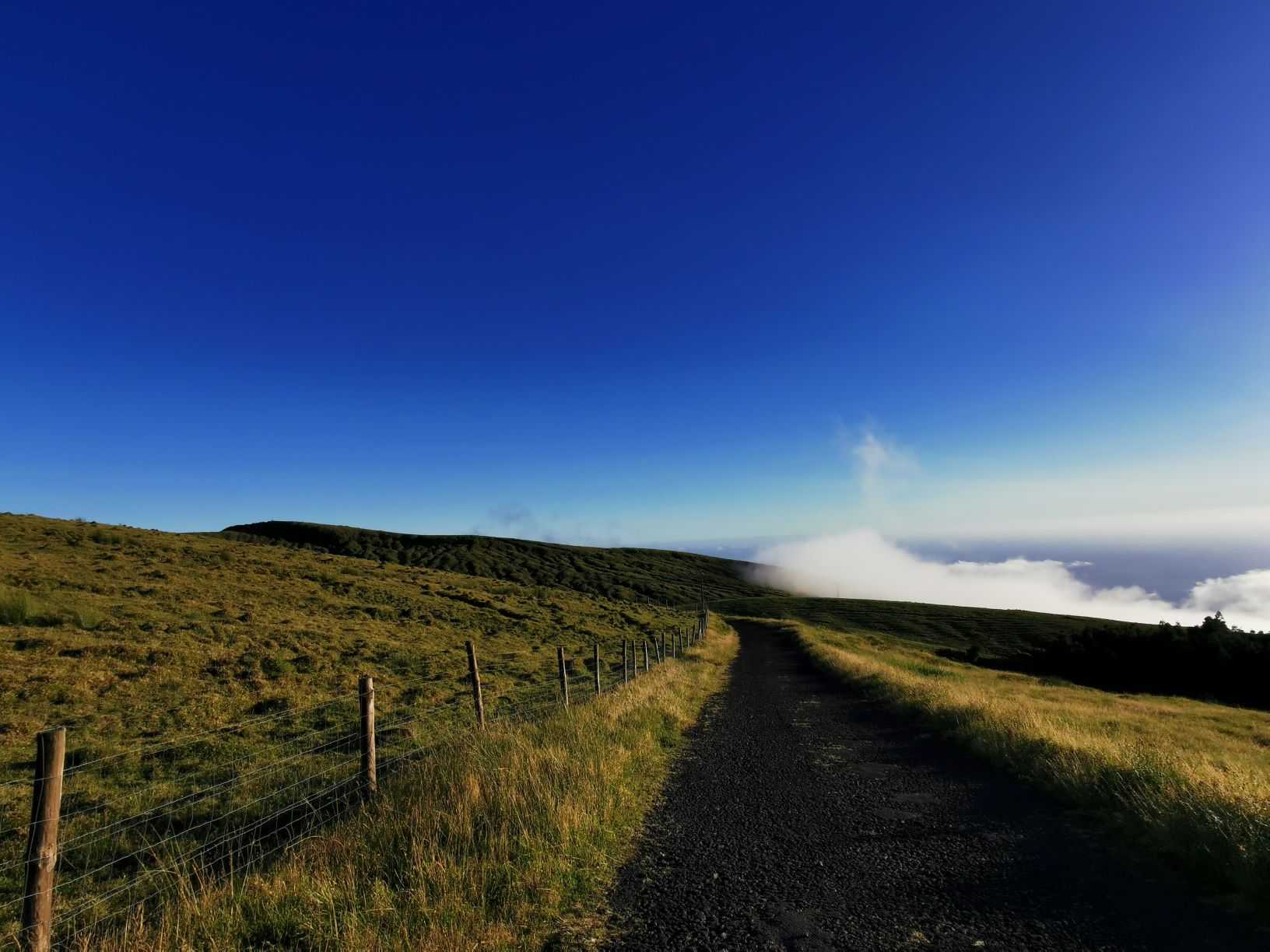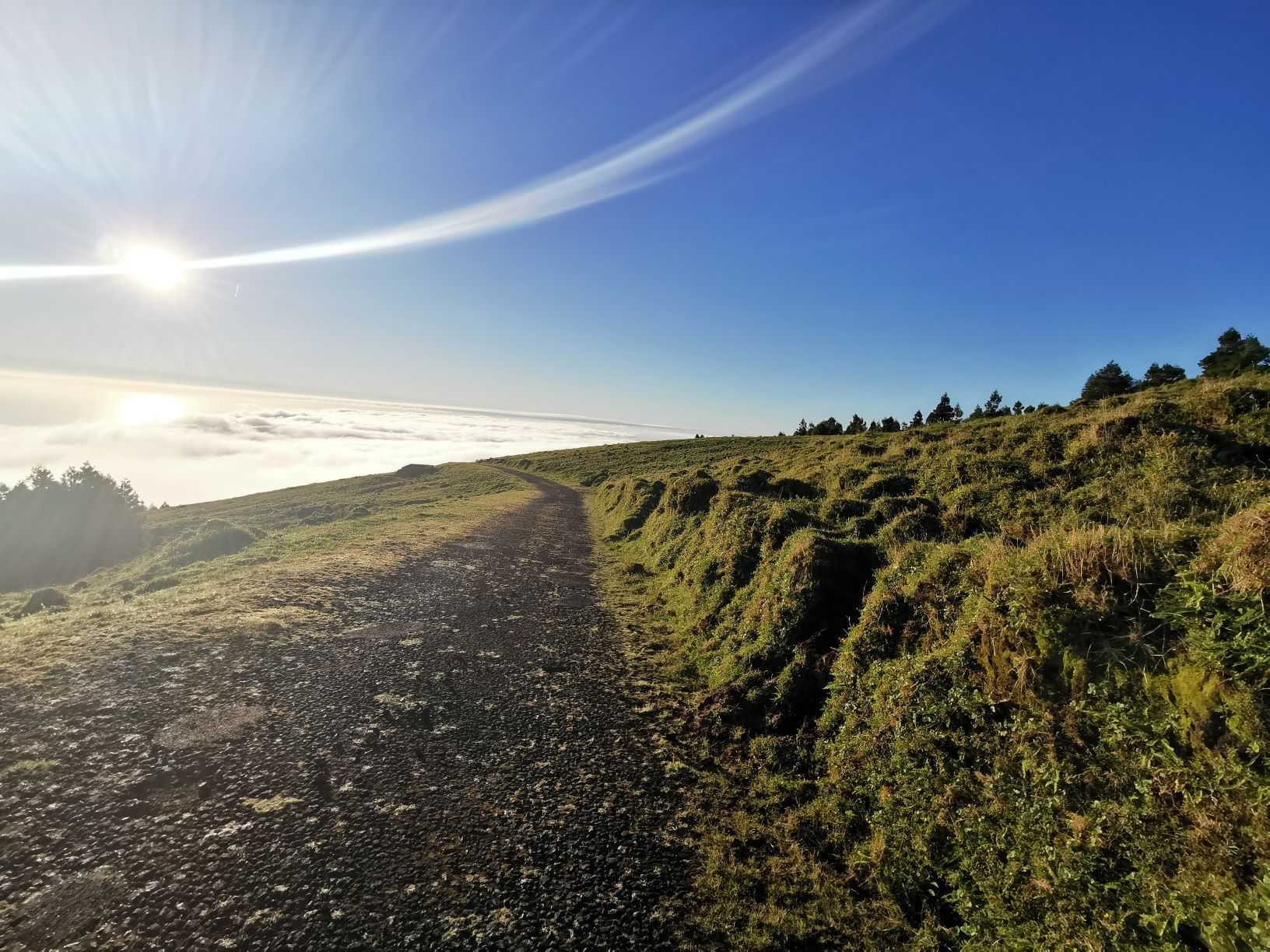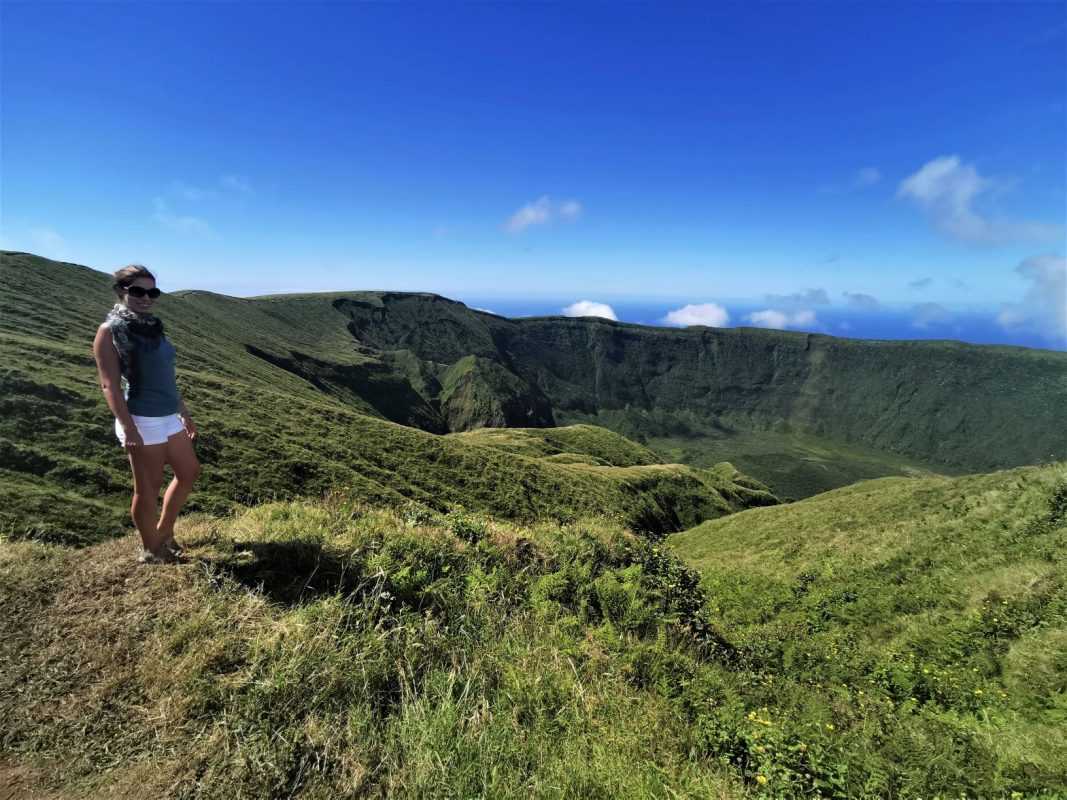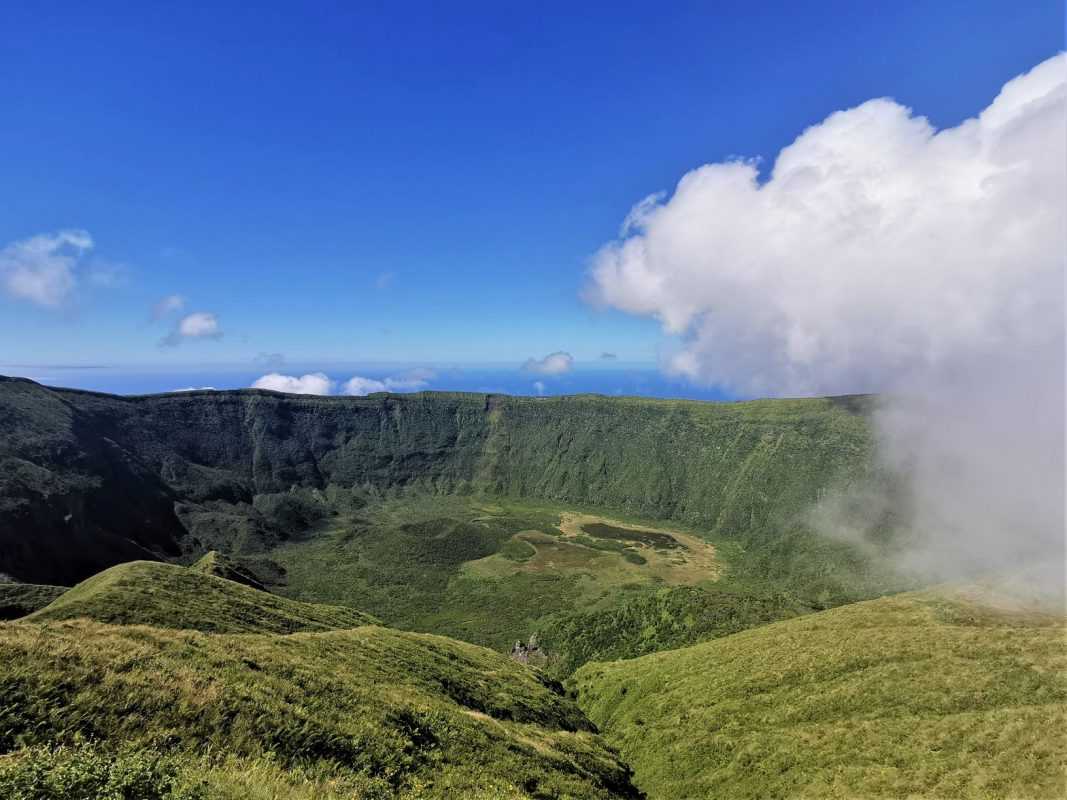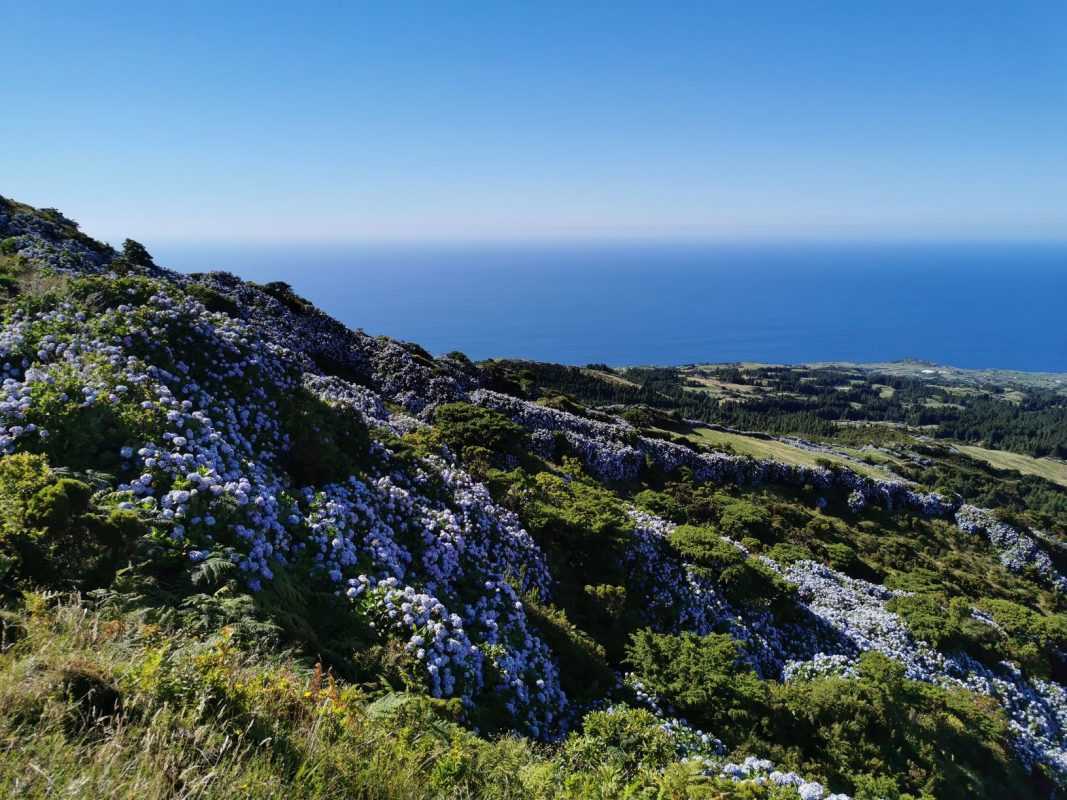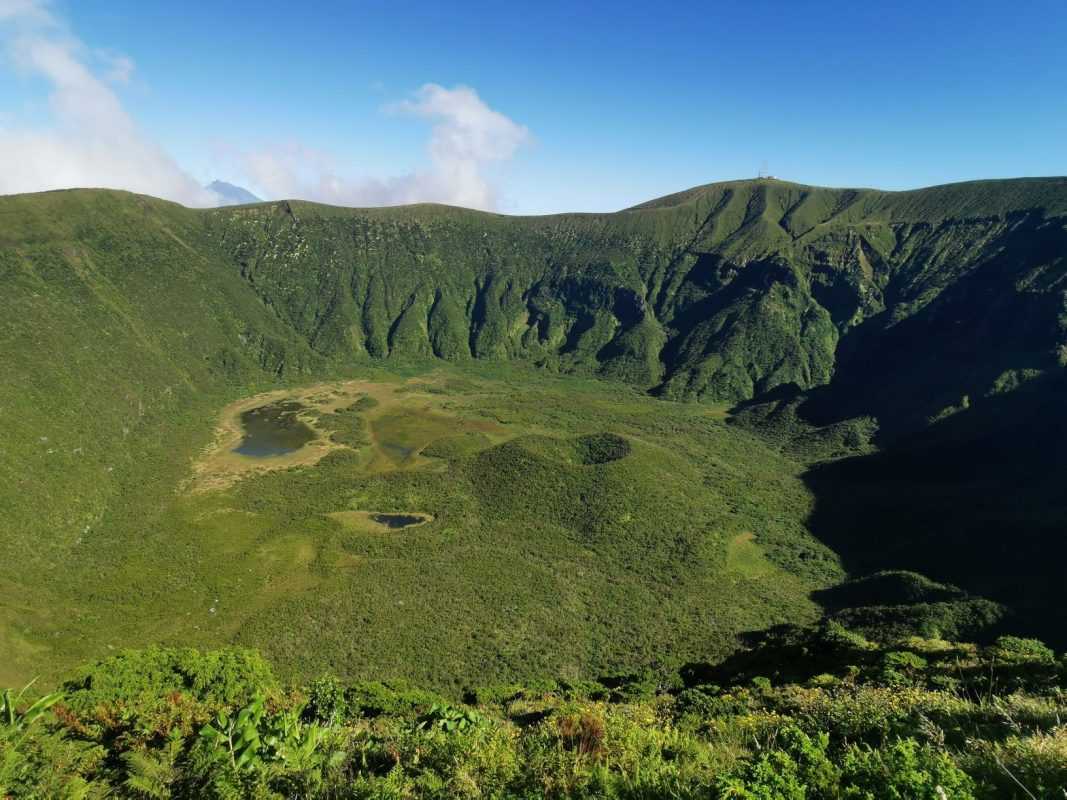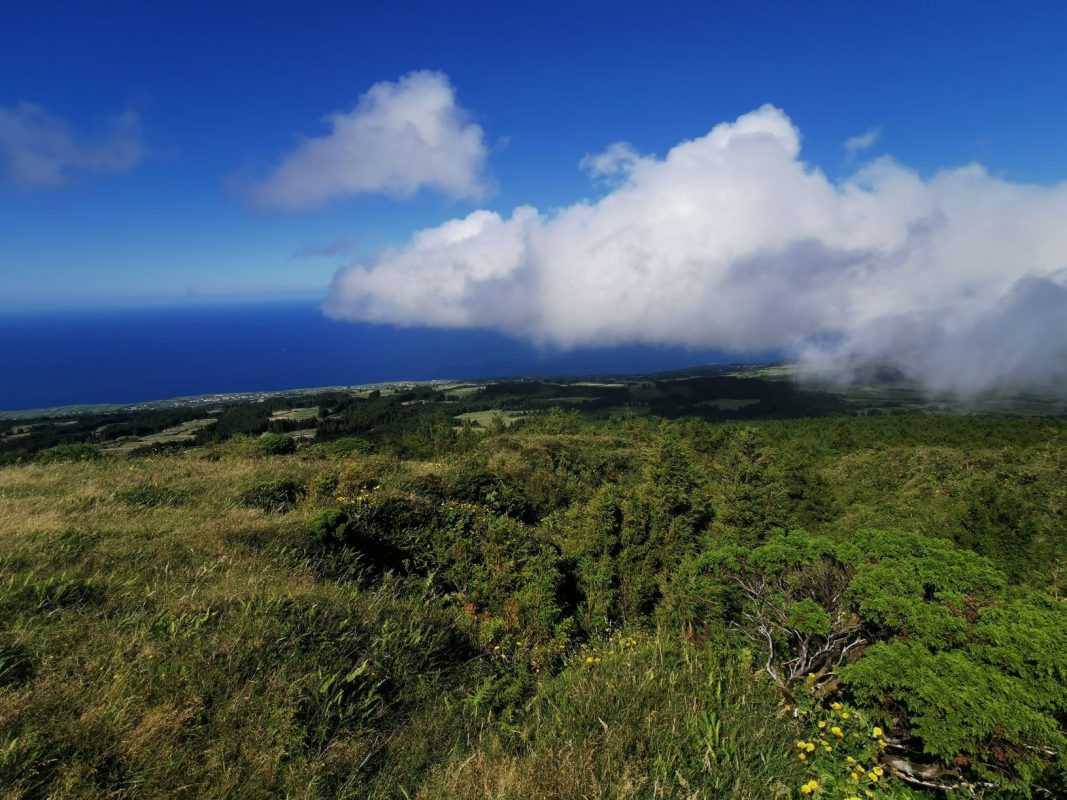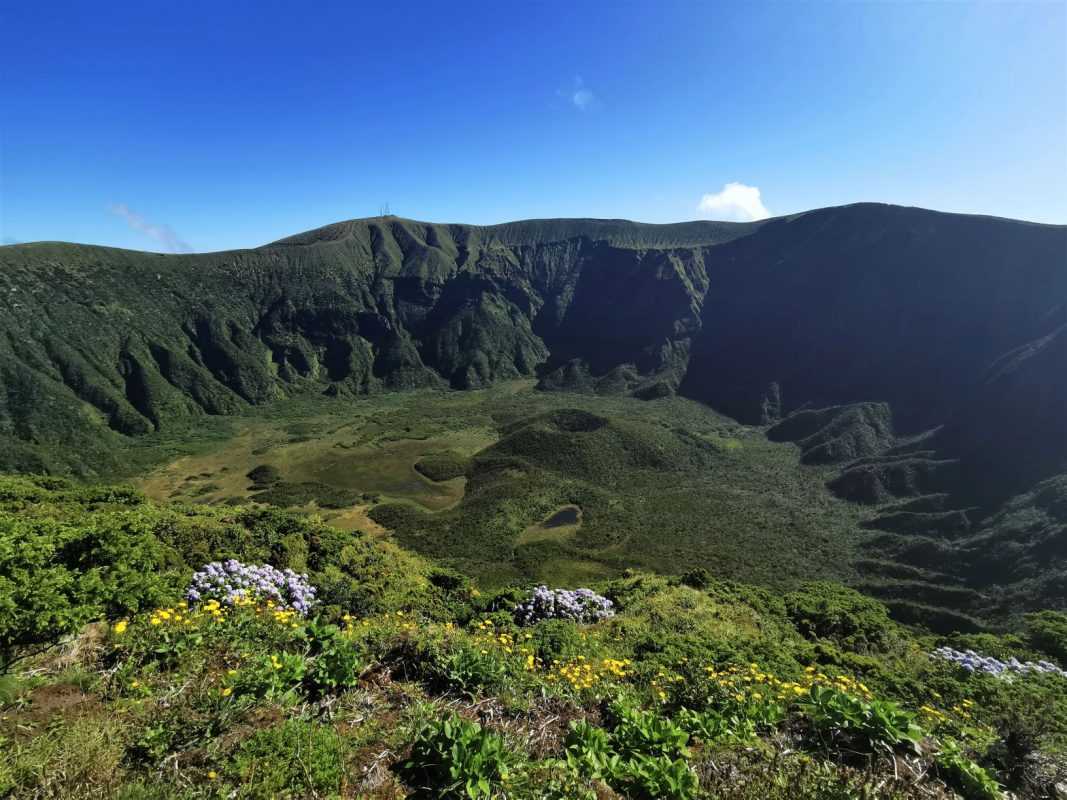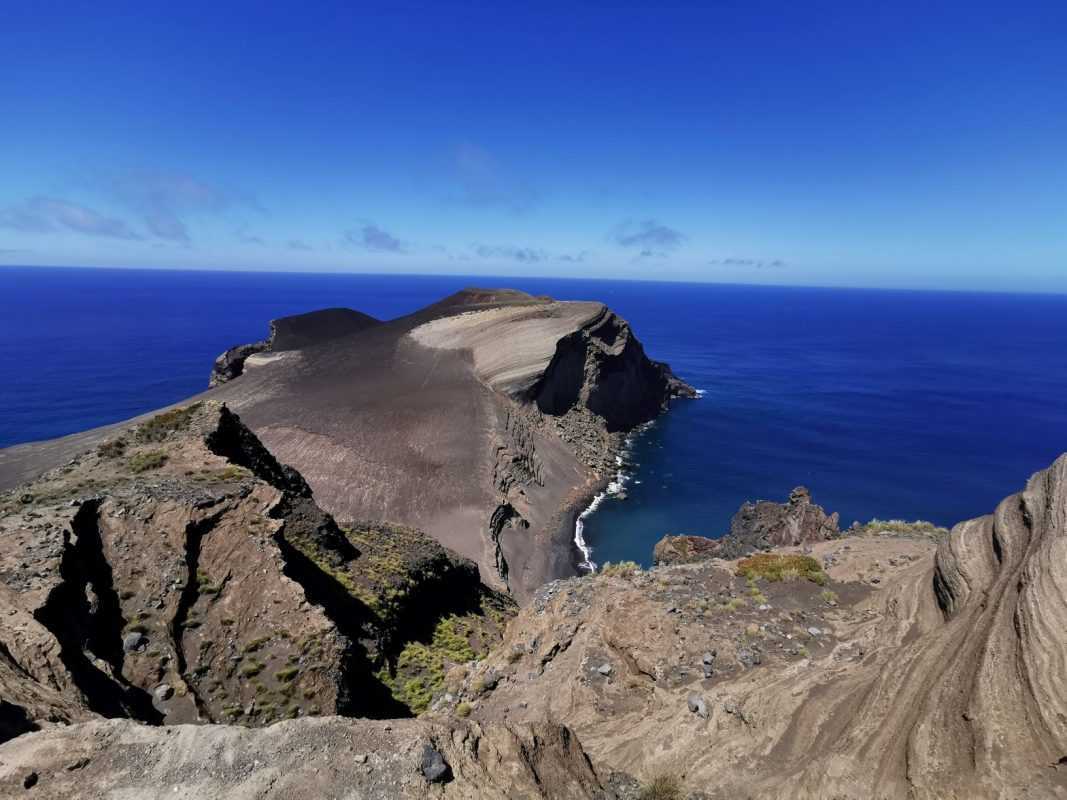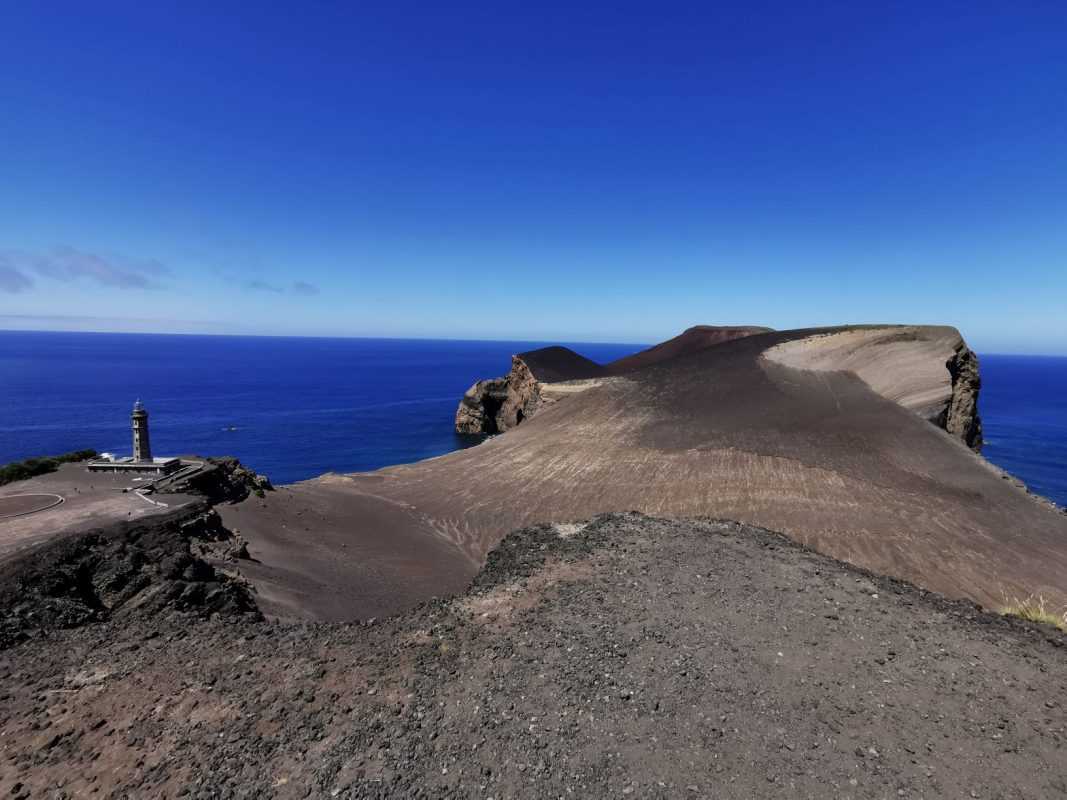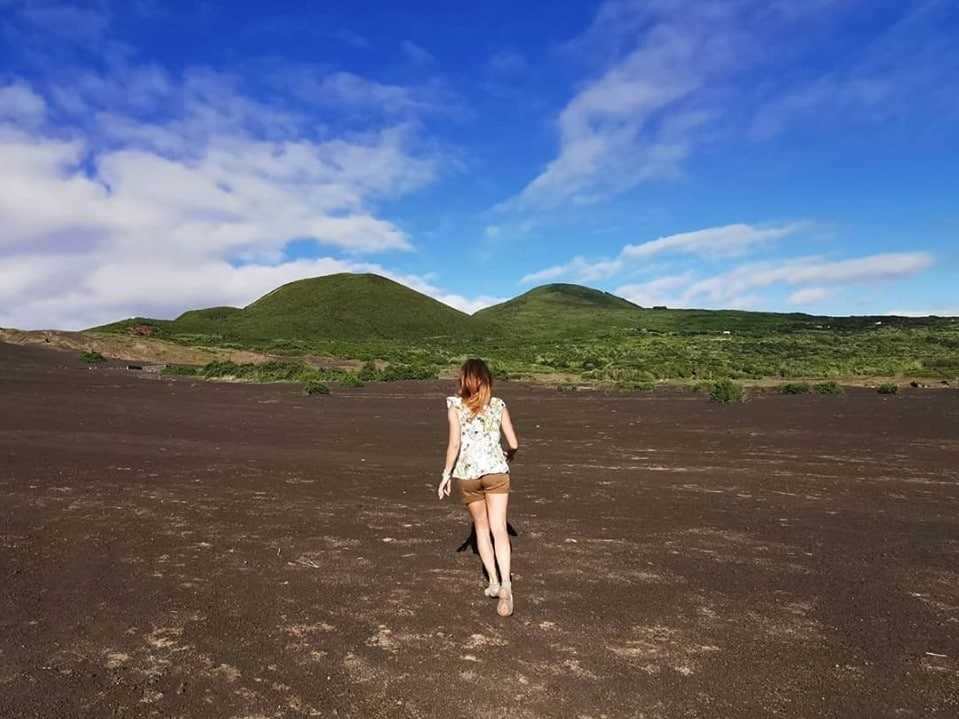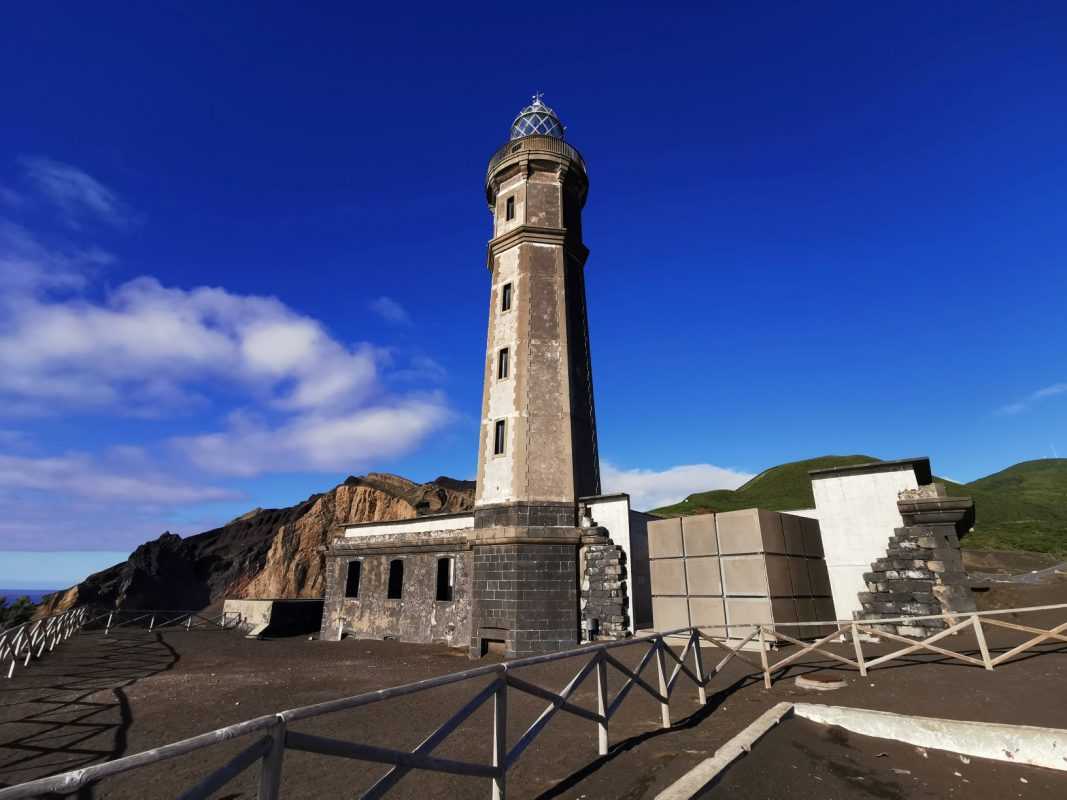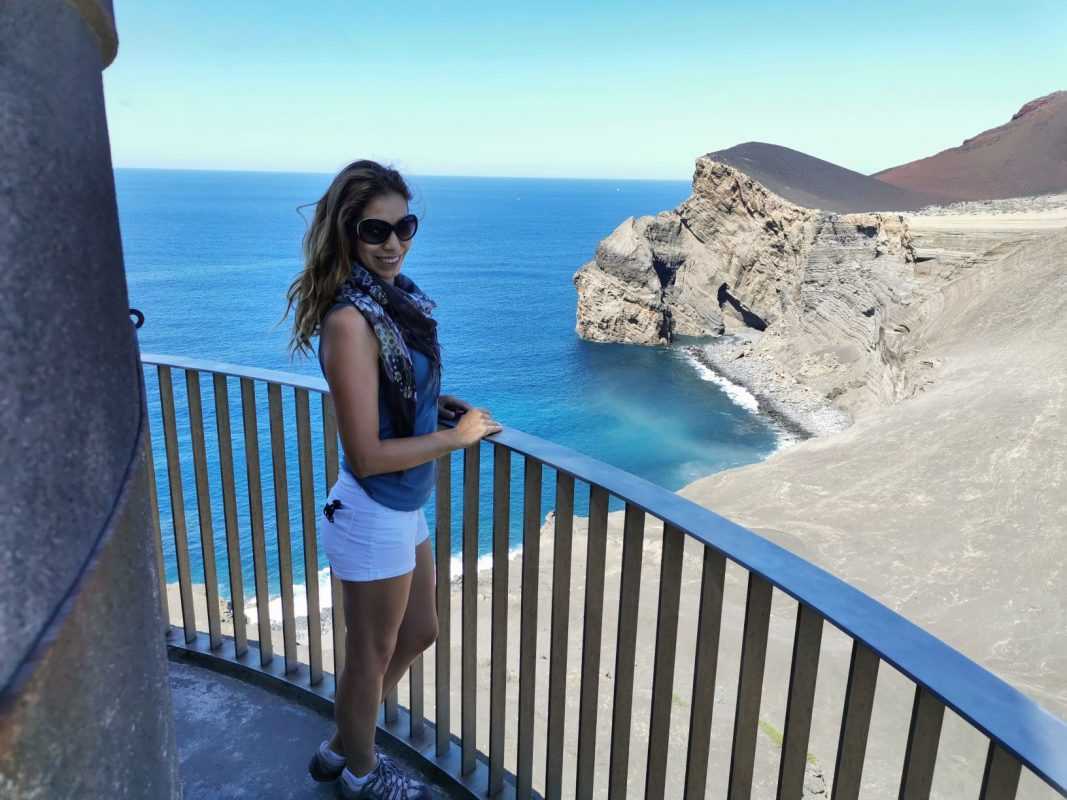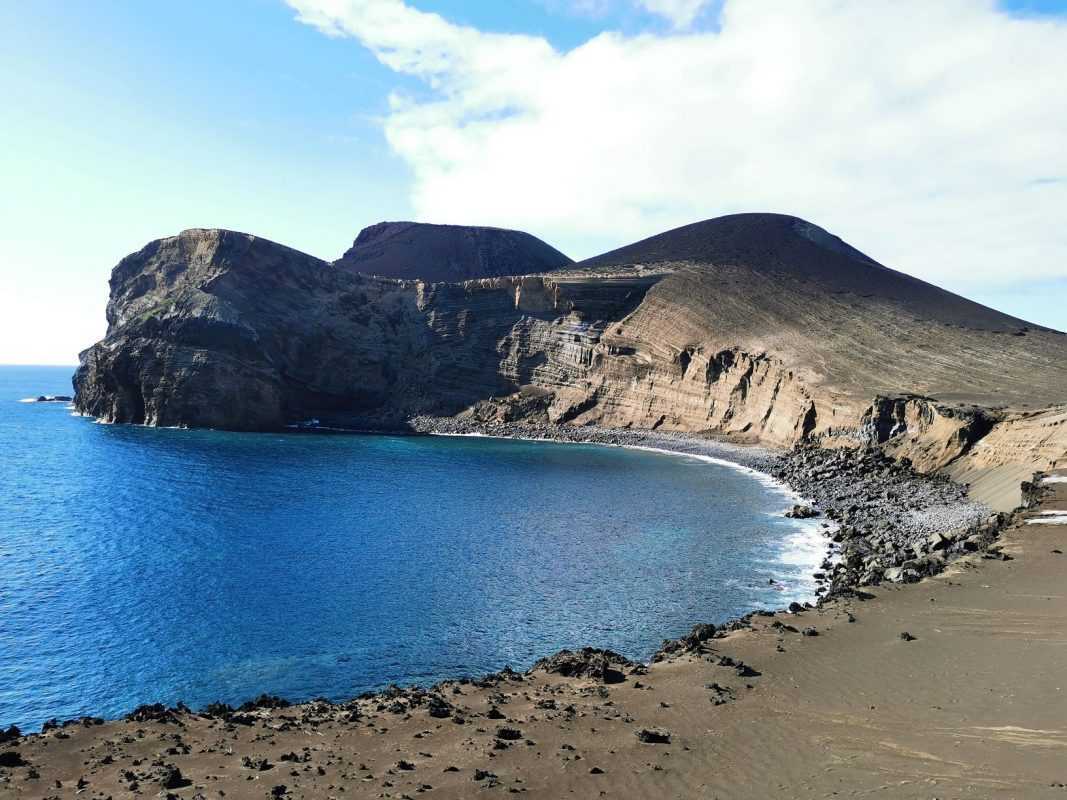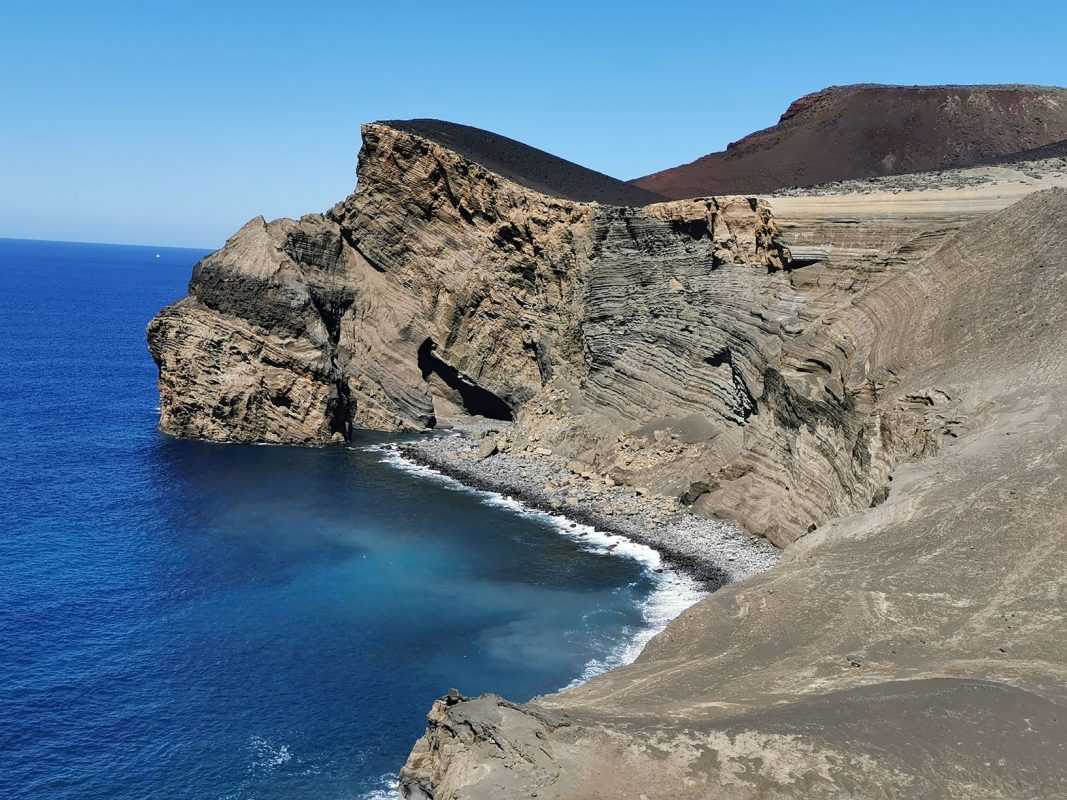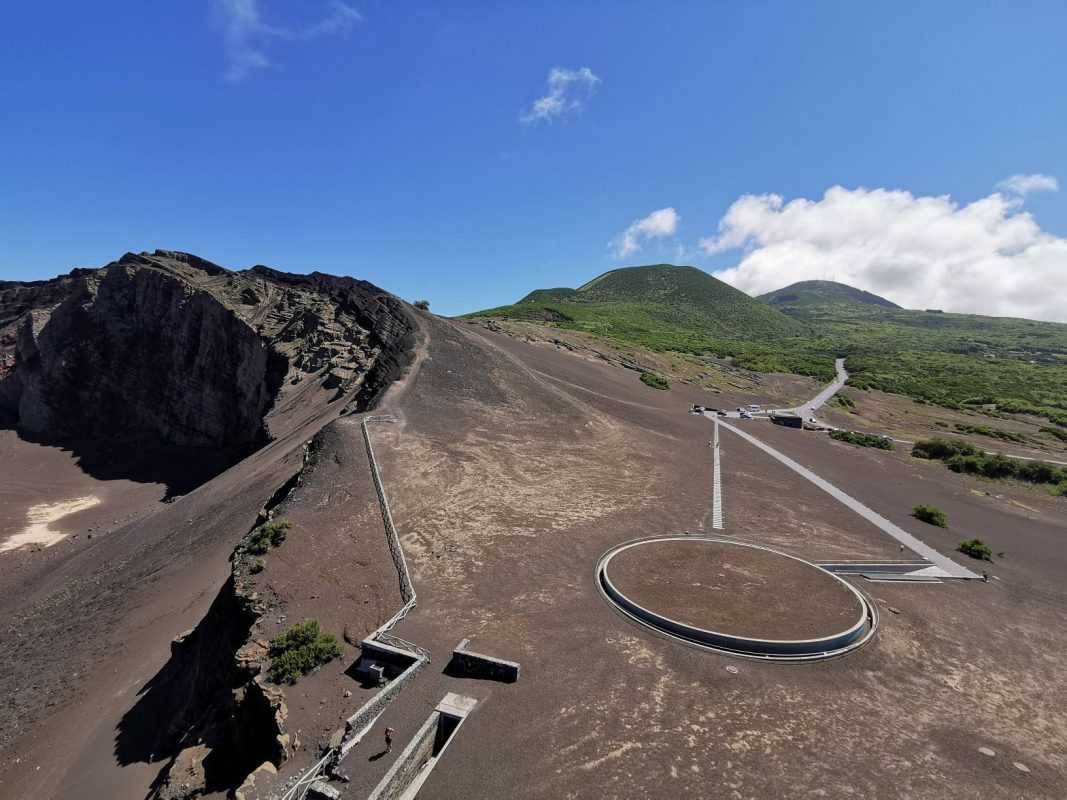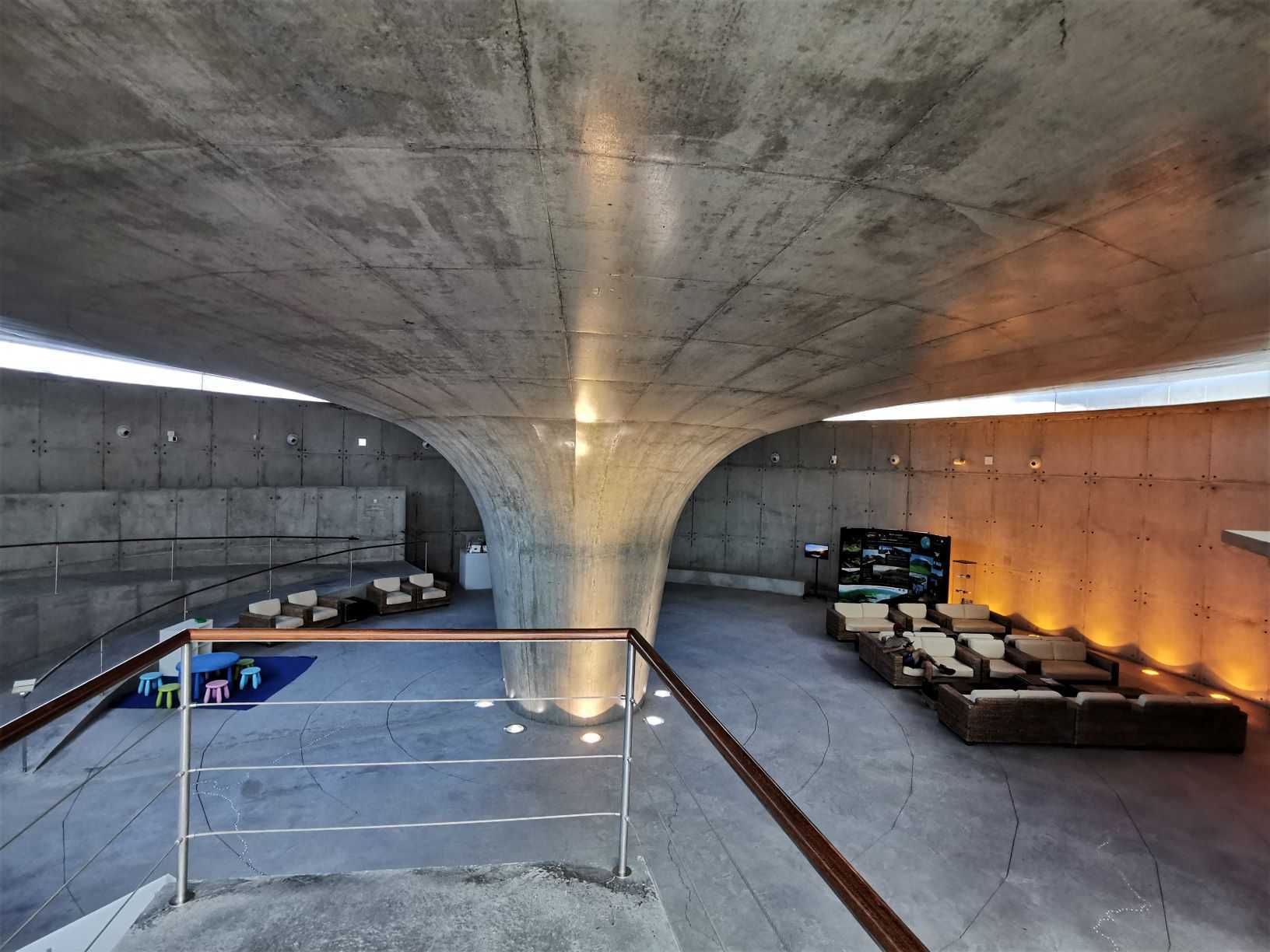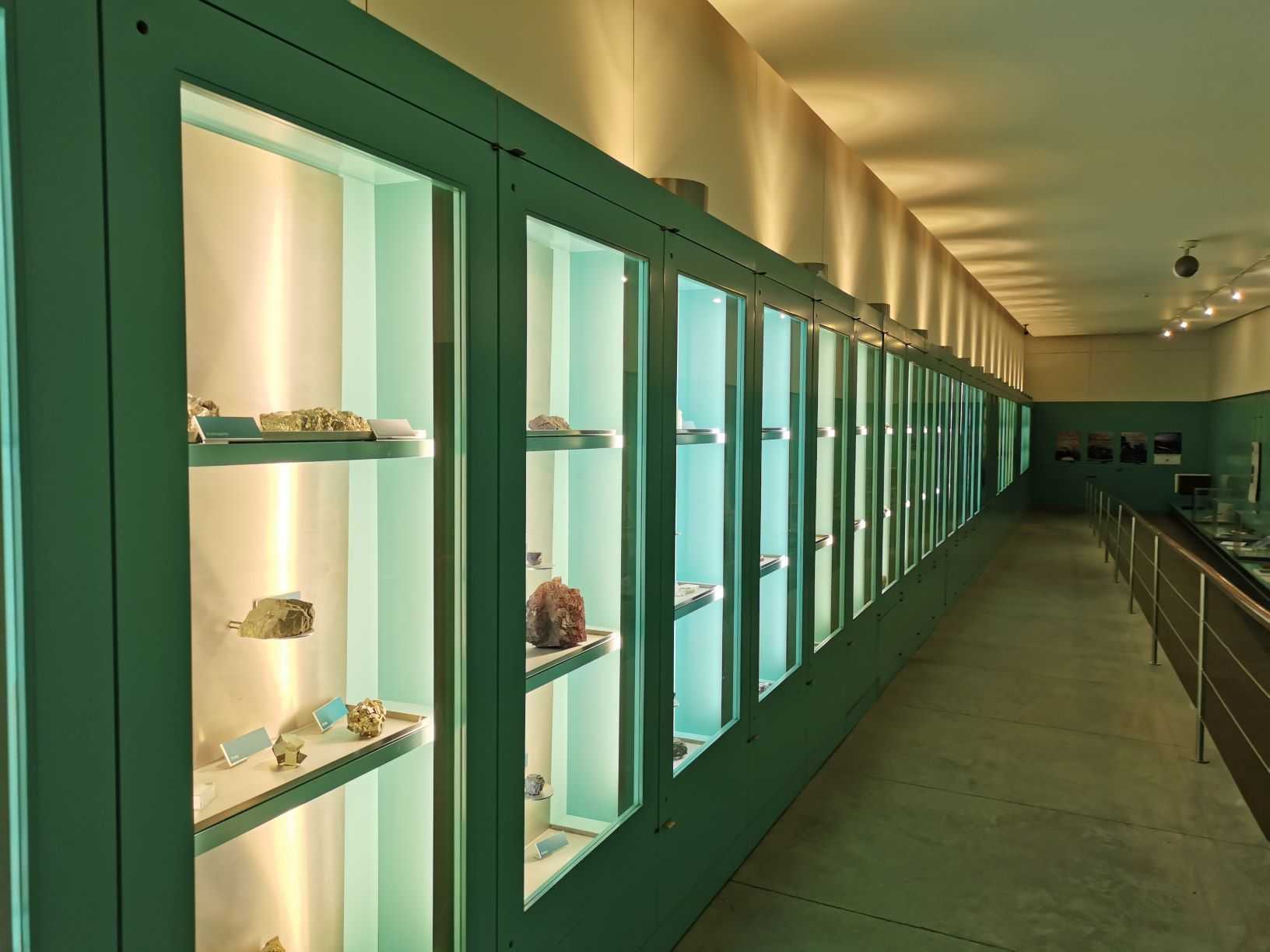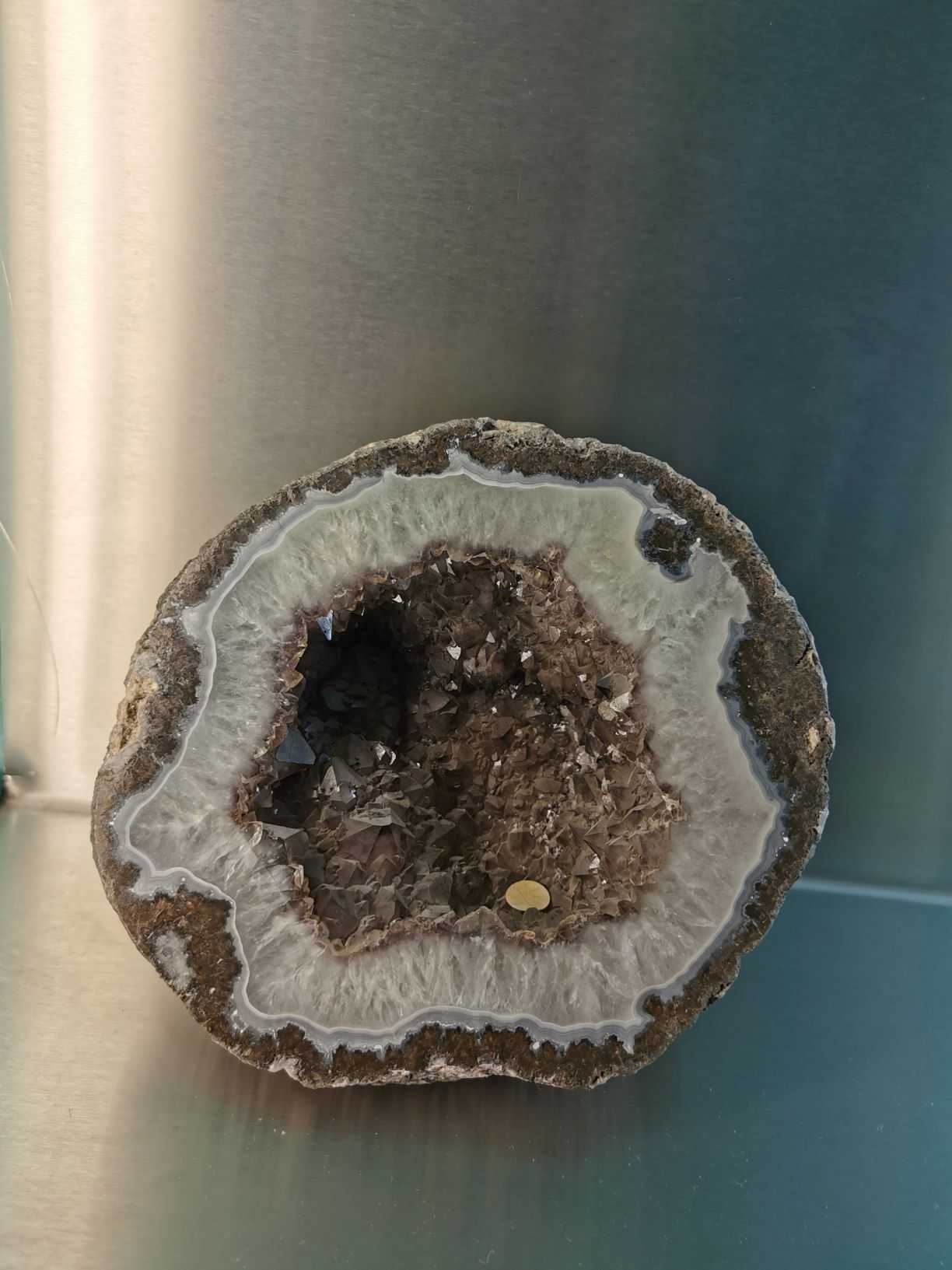The central Azores is also known as triângulo, which includes the islands of Faial, Pico and São Jorge. Although mathematics has often been a problem for me, even I know that a triangle can never be open, but when it comes to a relationship it might be a hard question. Speaking of traveling we chose Faial as a base station, from where we discovered the triângulo islands on the Azores.
The first thing that hit me when I arrived on the island was civilization. This may sound funny now, but after spending some time on the 4,000-inhabitant Flores (I wrote about it here) and the 400-person island of Corvo (you can read here), it was strange to land again in a “densely populated area”. Our accommodation was located in the island’s capital, Horta, where about 50% of the island’s population lives (7,000 people). There were several waves of emigration from the island. In 1957 when the volcano on the island erupted, many people left their houses, which you can abandon still today.
Hearing the name of the city, Horta, you might think that there is some connection between the word Horta=hydrangea. But I have to make the reader sad. Although hydrangeas were my most popular photo theme in the Azores beside the cows, Horta has nothing to do with hydrangeas. The name of the city literally translates as a vegetable garden, not coincidentally. Thanks to the wet subtropical climate and fertile volcanic soil, the island has been a pantry of Europe and North America for many, long centuries.
Among other things, whale oil, wine, orange and paint grass were transported from here, the latter used for a long time in the textile industry to achieve indigo color instead of chemicals. Faial was long referred to as a blue island in English because of the grass or the hydrangea on the island. Although the island is not large, it is worth exploring it for two days. Especially if it’s not about you going there, taking pictures of the place, check it out, and keep running.
Horta, the bustling city
The island’s capital, Horta, played a prominent role in trade between America and Europe from the 16th century onwards. Since 1986, it has been one of the most important centers for transatlantic sailboats and yachts. With a capacity of 300 ships, it is the fourth most visited port in the world, with its protected bay sheltering the sailing boats, that cross between the Caribbean and Mediterranean islands.
It is not known why or how it began exactly, but each boatman in Horta left behind a drawing on the harbor wall. Presumably out of superstition, to the delight of safe arrival. Today, there are 11,000 street works, some of them are artistic works. Painting is one of the most important traditions of the Azores and has also become the city’s main landmark. What are the chances of you coming up with Hungarian among the drawings, I don’t know, but in any case, I accidentally got in front of Gyuri, Peter, Otti, Miki, Évi, Andris, Tamás and Adri painting from 2017. Well, hello.
The 16th-century Santa Cruz Fortress stands at the end of the harbor and fits well with the city’s present-day image. Like the old ruined buildings and white-and-brown brick churches together with the cozy restaurants of the coastal Promenade.
The most extraordinary of them is Peter’s Café, which is said to be among the boaters, if you haven’t been there, you’ve seen nothing of Horta. Indeed, the 100-year-old place has a serious history, which now acts as a restaurant, but it used to be everything from an information center, post office to a weather station. Today it is the symbol of true friendship between gliders and sailors.
Beach programs
Speaking of the sea, it’s worth talking about the opportunities on the island of Faial. The Azores are in the middle of the Atlantic Ocean, so bathing would be the most obvious idea, as there is water everywhere. However, due to sharp volcanic rocks, strong undulating waves and not to mention cool (21 degrees) water, choose the designated bathing areas instead of spontaneous beaches, where you can enjoy the saltwater and sunshine undisturbed in the sheltered bays fenced off from the ocean. Moreover, since we are naturally in pools, where the water is also more pleasant in temperature, it immediately feels better to splash in saltwater. About the weather and many other useful things, I wrote earlier here.
One of the most beautiful bathing areas on the island of Faial is Varadouro (not to be confused with Varadero in Cuba, although it is also not bad), where you can enjoy a free bath in a beautiful ocean setting, albeit among rocks.
If you prefer a shallower, sandy beach, you’ll find your calculations in Horta on your way to Monte da Guia, one of the best-known lookout areas on the island.
From Horta you can take a dolphin and whale watching boat tour. Unfortunately, it’s rare to have whales here in the summer (the biggest likelihood is in May), and as much as I love dolphins, I won’t pay €65 for a three-hour cruise. I also gave up diving in the Azores with a sore heart because it would have been €150 for a dive boat (are they fools?!), so I’ll be forced to go to Norway at the end of November to dive and see whales at the same time (spoiler alert).
Volcano caldera
The view of the island of Faial is dominated by a huge volcanic caldera with a diameter of 1.5 km, where Cabeço Gordo (1043 m) the highest point on the island can be found. There are several roads leading up to the caldera. Of course, Murphy, based on Wazze navigation, we made it up some very chamois road. On the way up I was saying a prayer or two to prevent any car accident on the unbeaten roads. Luckily we reached the edge without any issues and could start our caldera round tour.
The round tour must be understood literally, as an 8 km long road leads around the edge of the crater. In good weather, it is worth just going on the road, as it is 3 hours in advanced gear, but at a comfortable pace, it is more like 4 hours. And you can’t cut off the road, because there’s a depth of 900 m under your feet, which is a very sumptuous sight, even though I’m scared of heights. Fortunately, the many green ferns, grass, bushes and hydrangeas caught my eyes and I didn’t even realize I was walking by a ravine.
The hiking trail is not considered difficult. It is also a very light track with smaller slopes at the end and can be walked around in a sneaker without special preparation. A few things you should take into consideration: there’s no shade or water during the hiking. I haven’t brought extra water with me as I read you can walk around the caldera in 2 hours. No, you can’t.
Moreover, the whole is a nature reserve where you stop at every corner to stare. The view from the top of the caldera to the Atlantic Ocean is amazing, so you shouldn’t hurry and make the round fast. Take a nice walk and store your visual experiences deep in memory.
Capelinhos
Although there are many active volcanoes around the world, for some reason volcanoes have always evoke ancient times. But there are powerful forces at work in the depths today that can bring huge changes after an eruption that nothing else can do (except man). The Capelinhos volcano on the island of Faial has snoozed calmly in the depths of the Atlantic Ocean for thousands of years. Until, on September 27, 1957, it suddenly erupted and broke out with such great force that it created a complete peninsula after its fury, even increasing the territory of the island of Faial.
The elemental power of the eruption is indicated by the 1.9m layer of ash that covered the nearby lighthouse overnight, while 30kg of rock fell from the sky within a 2-3km radius around the volcano. The panic was huge; 4,000 people fled the island and moved to the United States, under the aide to John F. Kennedy, when he still was the senator of Massachusetts.
As a result of Capelinhos volcano, there is now a lunar landscape on the ocean shore: everything is covered with black sand and stoned lava, with no sign of life except for a few stray bushes and succulent plants. The former lighthouse still stands today, on top of which you can go up for €1, but its courtyard is covered with nearly 7m thick ash dust. Although it is not visible, the second level of the building rises only towards the surface, the lower part stands in the ashes and in the ground.
From the top of the lighthouse, there is a beautiful view of Porto Do Comprido beach, where the basalt rock looks like a mille-feuille sliding into the water. You can go down to the beach at your own risk, but you’re welcome with open arms underground.
The Capelinhos visitor center looks like it does not even exist. Only a circle indicates that there is something here (totally an X-file). For volcanologists and minerals interested, there is a treasure show in this modern complex, which can be visited for a fee of €10. Opening hours and more information about the center can be found here.
***
Faial is a special part of the Azores. Due to its geographical location, it is an important distribution center in the Atlantic Ocean and a pit stop for travelers. The island is like a box of bonbon quoting Forrest Gump to me: you never know what you’re going to take out of it. When speaking of the first impressions, you might not sure like it. Then the harmony of the flavors slowly comes and you realize that this bonbon is delicious.



